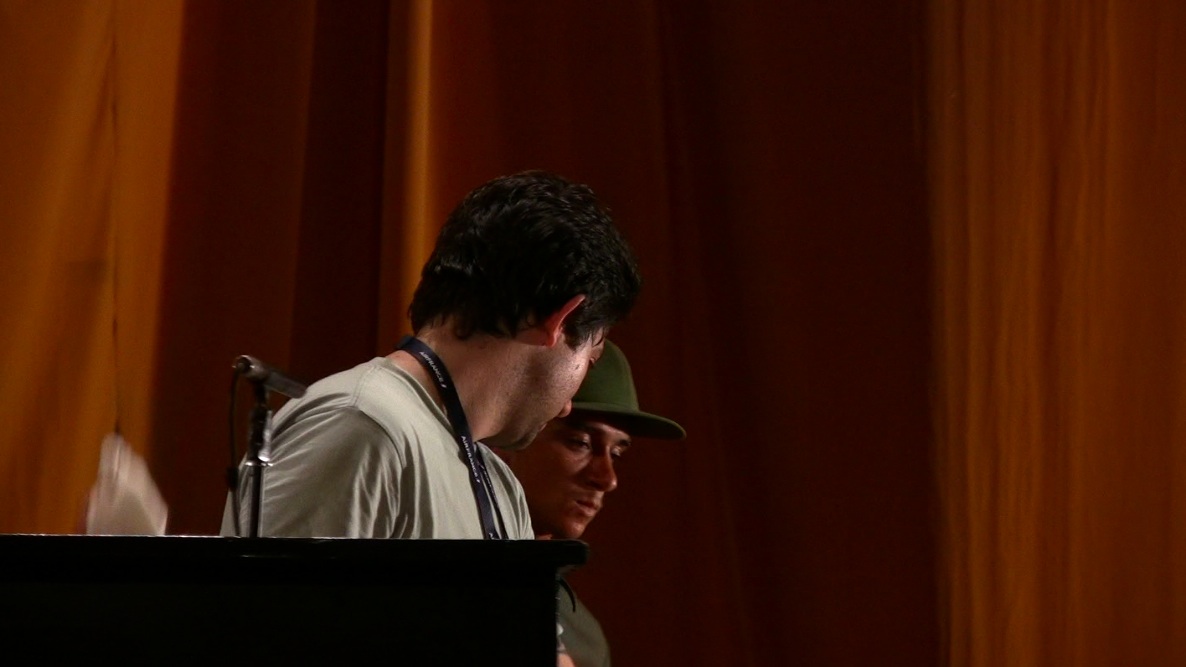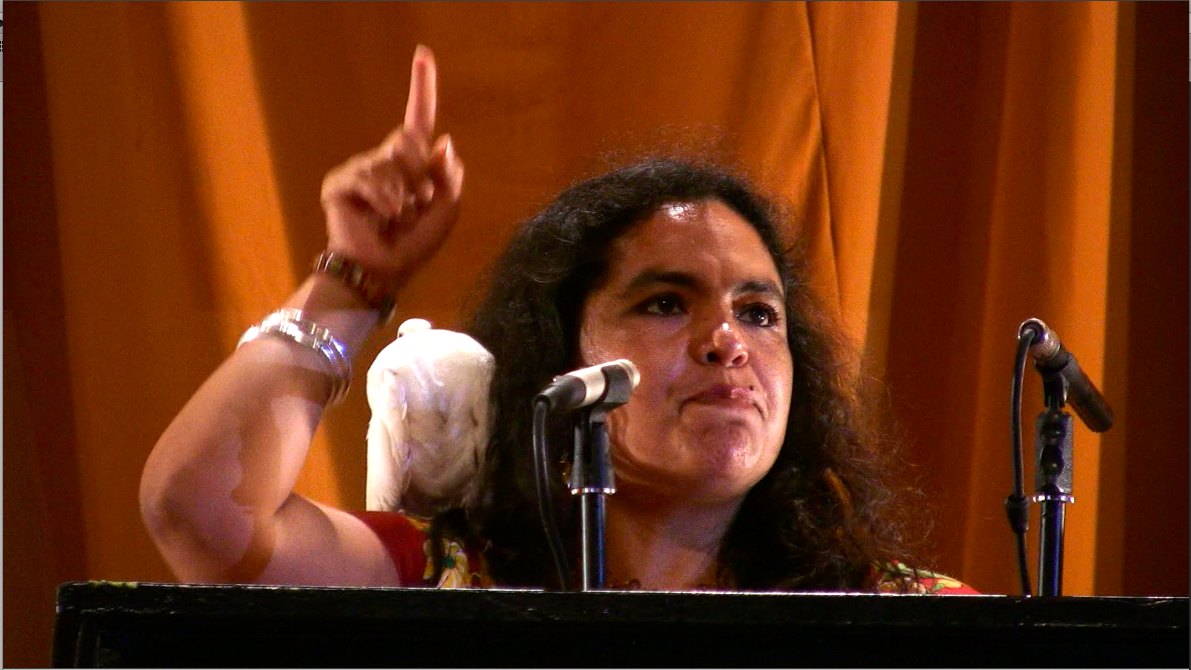Title: Tatlin’s Whisper #6 (Havana version)
Year: 2009
Medium: Decontextualization of an action, Behavior Art
Materials: Stage, Podium, Microphones, 1 Loudspeaker inside and one outside of the building, 2 persons on a military outfit, White dove, 1 minute free of censorship per speaker, 200 disposable cameras with flash
Statement
This is the sixth piece of the series Tatlin’s Whisper which examines the relationship between apathy and anaesthetization of the images in the mass media. This series intends to activate images, well-known because of having been repeatedly seen in the press, but are here decontextualized from the original event that gave way to the news and staged as realistically as possible in an art institution. The most important element in this series is the participation of spectators who may determine the course the piece will take. The idea is that next time spectators face a piece of news using similar images to those they experienced, they may feel an individual empathy with that distant event towards which they will normally have an attitude of emotional disconnection or informative saturation. The experience of the audience within the piece may allow them to understand information in a different way and appropriate it because of having lived through it.
On the other hand, the title of the series, Tatlin’s Whisper, evokes the present weakening of the impact a moment of Western history in which great transformations took place as the result of social revolutions originally had. A symbolic reference is made to Russian artist and architect Vladimir Tatlin, who created the Tower Monument, foreseen as the seat for the Third Communist International, an icon of the enthusiasm and grandiosity of the Bolshevik Revolution. The intensity, credibility and exaltation of socialist revolutions, just as Tatlin’s Tower, which was never built, were frustrated and utopia is rethought with the effort implied in a weak whisper. This series reevaluates the desire for moments of active citizenry commiment in the construction of a political reality, while ideologies transform and circulate today as pieces of news.
Tatlin’s Whisper # 6 (Havana Version) was held in the central patio of the Wifredo Lam Center, the institution in charge of organizing and holding the Havana Biennials.
The audience was handed two hundred disposable cameras with flash to document the performance and told that they could freely express their thoughts for a minute through the microphone in the podium. There was a long silence. The first person took the podium guarded by two persons in military uniform (a woman and a man). They put a white dove on the speaker’s shoulder, an allusion to the emblematic image of Fidel Castro when delivering his first speech on January 8th in Havana after the Triumph of the Revolution, an image that ratified his absolute leadership in a generalized consensus which worked for those who wanted to see in this image either the peace guaranteed in the lives of the citizens, the Messiah or the aesthetics of the future to be built.
In Tatlin’s Whisper # 6 (Havana version) there is no censorship during the minute a member of the audience is at the mike. When the time assigned for freedom of expression ends, the persons in military uniform that until then had been at each side of the speakers – to defend their right to talk or to control it – take the dove from their shoulder making them leave the podium and the dais and they become once more part of the audience. This action was repeated with each speaker. They were all treated in the same way. A total of 39 persons made use of the mike to express their affinity with the Cuban political system or criticize it in the 41 minutes the work lasted, after which Tania Brugera took the podium to thank the Cubans for their courage and their exercise of freedom of expression.
Several reactions were exhibited, all with respect and all accepted, those who offered reasons to continue the path of Fidel Castro’s Revolution and those who asked for elections with nobody in that family as a candidate. It went from a person whose only reaction was to cry because she had had no other option than migrating because of her political differences, to declarations of members of the blogger movement in Cuba who have contributed when dissenting in virtual public spaces in the net. Some demanded those who were part of the secret police to come to the mike, others asked for a day when freedom of speech did not have to be a performance.
The loudspeakers within and without the building made more than one of those not involved in the Havana Biennial approach as spectators.
The work functions like a projection for the future when people use this chance to express through a mike and as a monument when the empty podium is an image reminding us of the absence of the leader who for 49 years (1959-2008 1) led the life of the Cuban people.
While the cameras with flash made documentation in real time they were also a protection device for those who had taken the floor. This piece yields to the audience responsibility, authorship and the ownership of its documentation.
The impact of this piece made the Organizing Committee of the Tenth Biennial issue a denunciation against the comments of the participants branding their authors as manipulators of the artistic event with the purpose of expressing their political platforms and discrediting the Cuban Revolution. On the other hand, rumors on the performance swept the city and reached sectors of the population that did not belong to the artistic elite, disseminating the event in the media abroad, mainly through Miami TV stations 2 that Cubans inside the country can see through popular – and illegal – access to cable TV. The following day some people visited the place to see if the mikes were still open; the Damas de Blanco (Ladies in White, a pacifist group claiming for the release from prison of their husbands, political prisoners in Cuba) were among them. The emergence in the following months of performance strategies by art groups and bloggers who took the streets with demands or spoke to audiences denied to them is attributed to this piece.
The piece, endowed with an acute political impact, was conceived as an open structure pressing the limits of the institutions in power, where the responsibility rests with the audience that, to participate, must assume their role as citizens actively integrated to the political process. The privilege of expression, with limitations, artists have in Cuba is transferred to spectators who enjoy a sort of momentary democracy, almost as a rehearsal of what a plural society tolerating discrepancy as part of a project for civil society would be.
This piece, with its situationist and hyperrealist notions, can go beyond representation spaces to work directly in and with reality.
1 The year when Fidel Castro fell ill and was relegated to a life with less public presence was 2006, but it was on February 19, 2008 that Granma newspaper, the official organ of the Cuban Communist Party, published a note where the leader expressed: “I will not aspire to or accept – I repeat – I will not aspire to or accept the position as President of the Council of State and Commander in Chief.” He was referring to the elections that were to be held five days later at the People’s Power Assembly where power was officially transferred to his brother Raul.
Exhibited
|
2017 |
|
|
Tania Bruguera: Talking to Power / Hablandole al Poder. Yerba Buena Center for the Arts. San Francisco, United States. Curated by Lucia Sanroman and Susie Kantor. June 16 – October 29 Summer Nostos Festival. Stavros Niarchos Foundation Cultural Center. Athens, Greece. Curated by Robert Storr. June 25 |
|
|
2014 |
|
|
Under the Same Sun, Guggenheim UBS MAP. Solomon R. Guggenheim Museum, New York, United States. Curated by Pablo León de la Barra. (Documentation) June 13 – October 1 |
|
|
Cuban America: An Empire State of Mind. Lehman College Art Gallery, Bronx, New York, United States. Curated by Yuneikys Villalonga and Susan Hoeltzel. (Documentation) February 4 – April 30 |
|
| 2012 | |
|
Artes Mundi 1X1X1: One Artist, One Day, One Film, Experimentica 2012: UNSEEN. Chapter Gallery, Cardiff, United Kingdom. Curated by Artes Mundi 5. (Documentation) November 23 |
|
| Crisisss. América Latina. Arte y Confrontación, 1919 – 2010. Itinerant Exhibition. Curated by Gerardo Mosquera. (Documentation) | |
|
. Museo Arocena. Torreón, México. November 15, 2011 – February 15 |
|
| 2011 | |
| Crisisss. América Latina. Arte y Confrontación, 1919 – 2010. Itinerant Exhibition. Curated by Gerardo Mosquera. (Documentation) | |
|
. Museo de Arte del Banco de la República. Bogotá, Colombia / Museo de Arte Moderno de Medellín. Colombia. July 10 – October 30 . Museo del Palacio deBellas Artes. Mexico March9 – June 11 |
|
|
Unresolved Circumstances: Video Art from Latin America. MOLAA Museum of Latin American Art in Long Beach, California, United States. Curated by Cecilia Fajardo-Hill and Idurre Alonso (Documentation) June 5 – August 28 |
|
|
It is it_. Espacio 1414. Santurce, Porto Rico. Curated by María Inés Rodríguez. (Installation with performative elements -no activated-) January 26, 2010 – June 1 |
|
| 2010 | |
|
Tatlin Whisper #6 (Havana version). Le peuple qui manque present: Que faire? art, film, politique. Pompidou Center, Small room, Floor -1. Curated by Kantuta Quirós and Aliocha Imhoff. (Screening in V.O. with french subtitles) December 18 |
|
|
Tania Bruguera: On the political Imaginary (Survey Show). Neuberger Museum of Art, Purchase College, State University of New York. Purchase New York, United States. (catalog) Curated by Helaine Posner. (Documentation) January 28 – April 11 |
|
| 2009 | |
|
Tatlin’s Whisper #6 (version for Havana)-Integración y resistencia en la era global-, Tenth Havana Biennial. Centro de Arte Contemporáneo Wifredo Lam. Havana, Cuba. March 29 |
Documentation
Scrolldown for INTEGRAL VERSION (english subtitles), first upload in Youtube and REFERENCE video
Scrolldown for REFERENCE, EXHIBITION’S DOCUMENTATION and AUDIENCE’S Images
ScrolldownforPERFORMANCE’S TRANSCRIPTION
Scrolldown for Miami TV stations that Cubans inside the country can see through popular –and illegal– access to cable TV.
Integral Video Version of Tatlin’s Whisper #6 (Havana version)
“…I think this is a decisive moment in our history…”
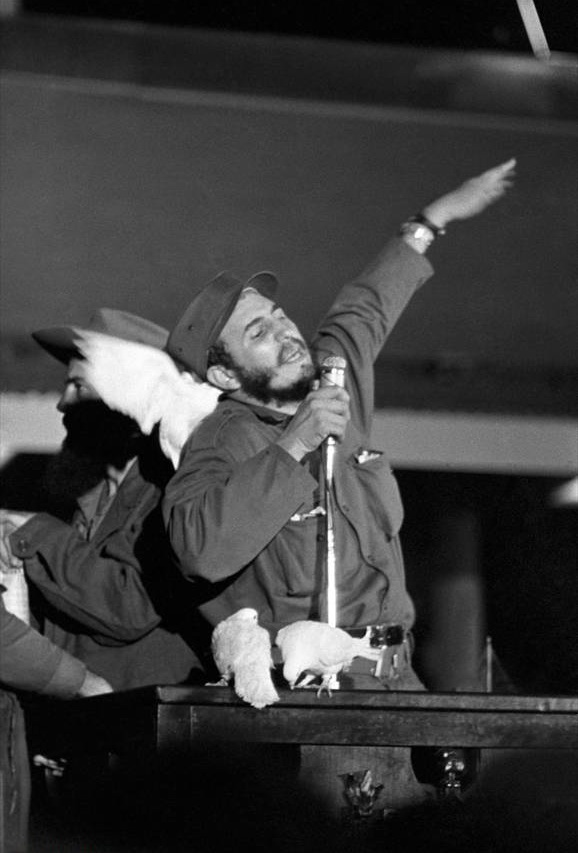 |
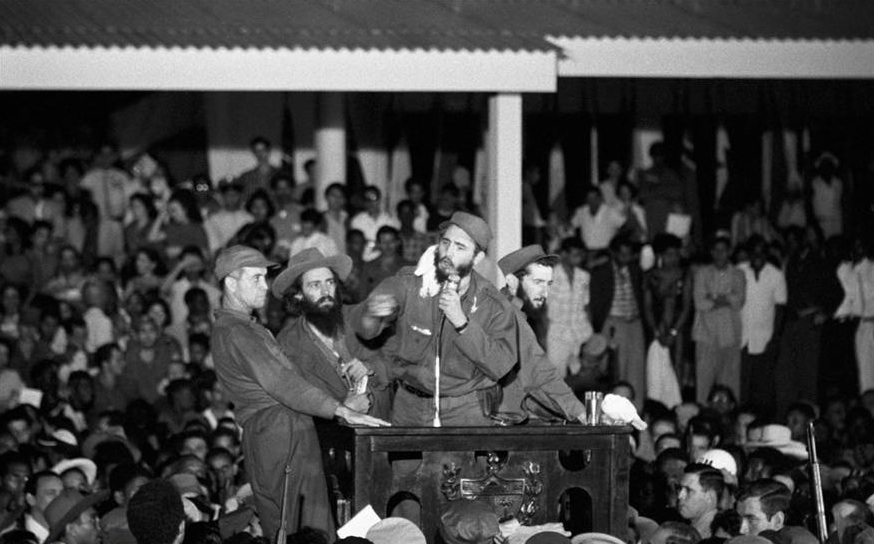 |
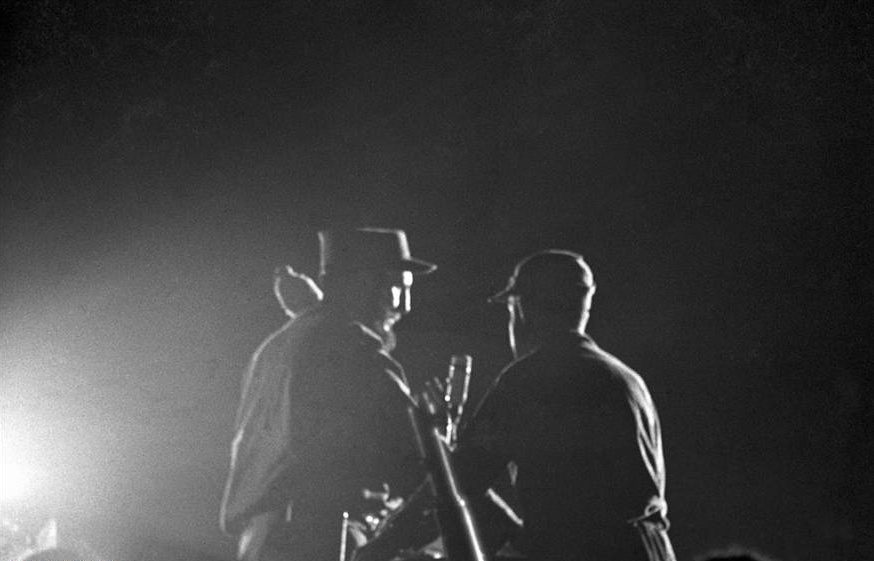 |
 |
Castro speaking on the night of his arrival Havana after winning revolution. January 8, 1959
Ciudad Libertad (ColumbiaMilitary Camp) Havana, Cuba
photos: Tor Eigeland
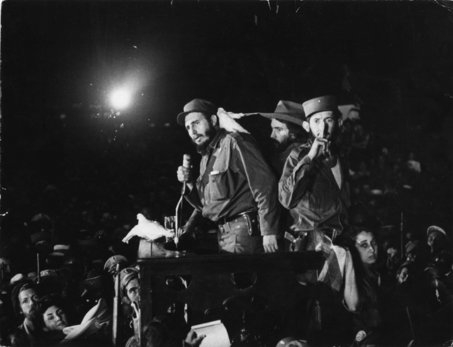 |
Castro speaking on the night of his arrival Havana after winning revolution. January 8, 1959
Ciudad Libertad (ColumbiaMilitary Camp) Havana, Cuba
photos: Anonymous
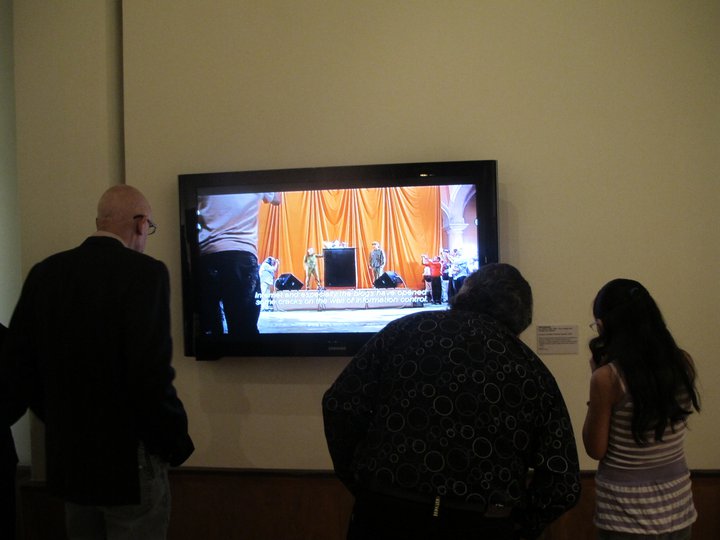 |
Crisisss. América Latina. Arte y Confrontación, 1919 – 2010. Curated by Gerardo Mosquera.
Museo del Palacio de Bellas Artes. Mexico. (Video Documentation)
photo: Sandra Ramos
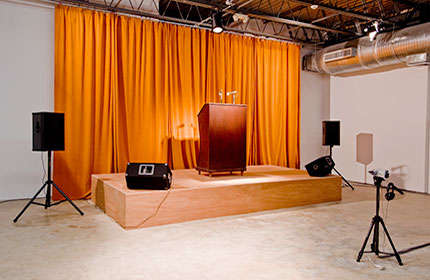 |
It is it_. Curated by María Inés Rodríguez.
Espacio 1414. Santurce, Puerto Rico. (Installation with performative elements -no activated-)
photo: Agustina Ferreyra for Berezdivin Collection
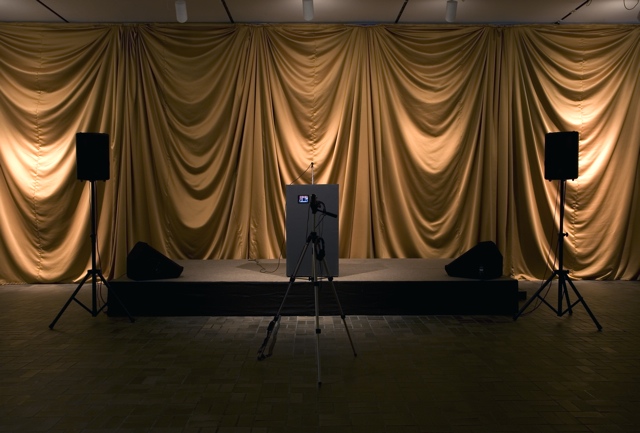 |
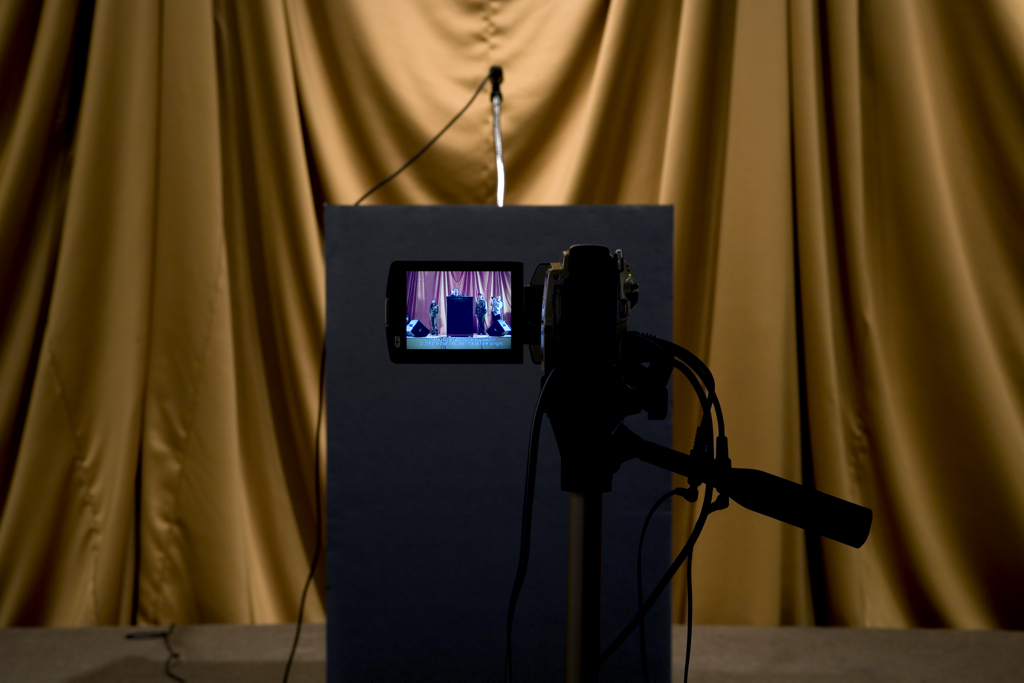 |
|||||
Tania Bruguera: On the political Imaginary (Survey Show). Curated by Helaine Posner.
Neuberger Museum of Art, Purchase College. New York, United States. (Installation with performative elements -no activated-)
photo: Jim Frank
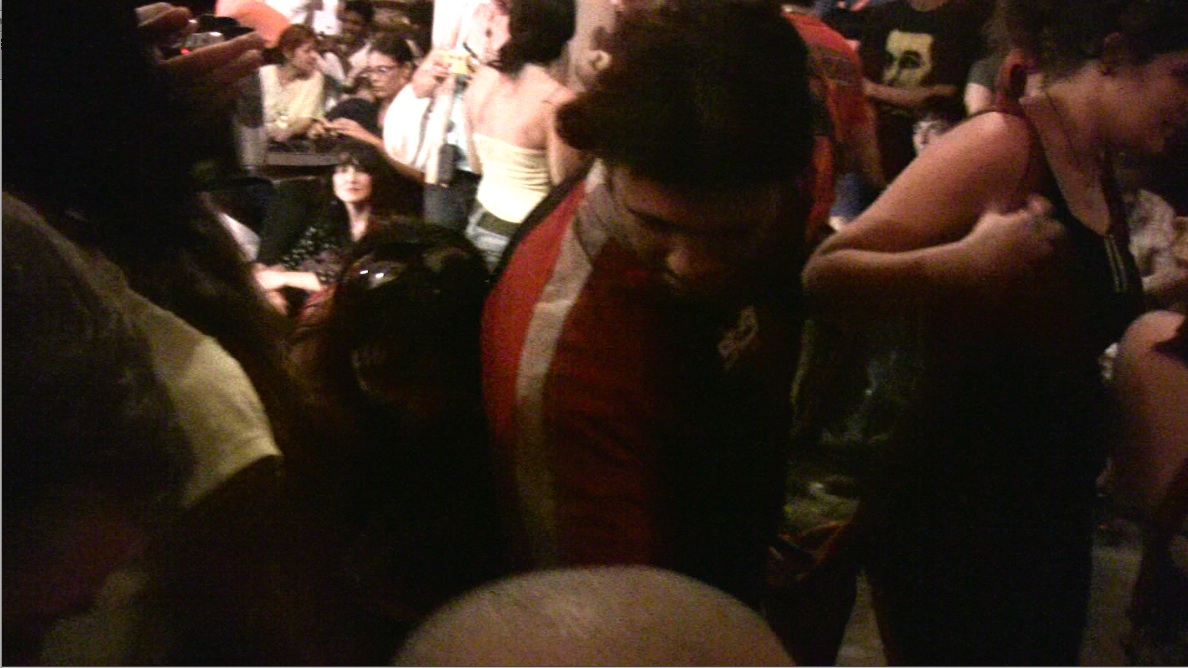 |
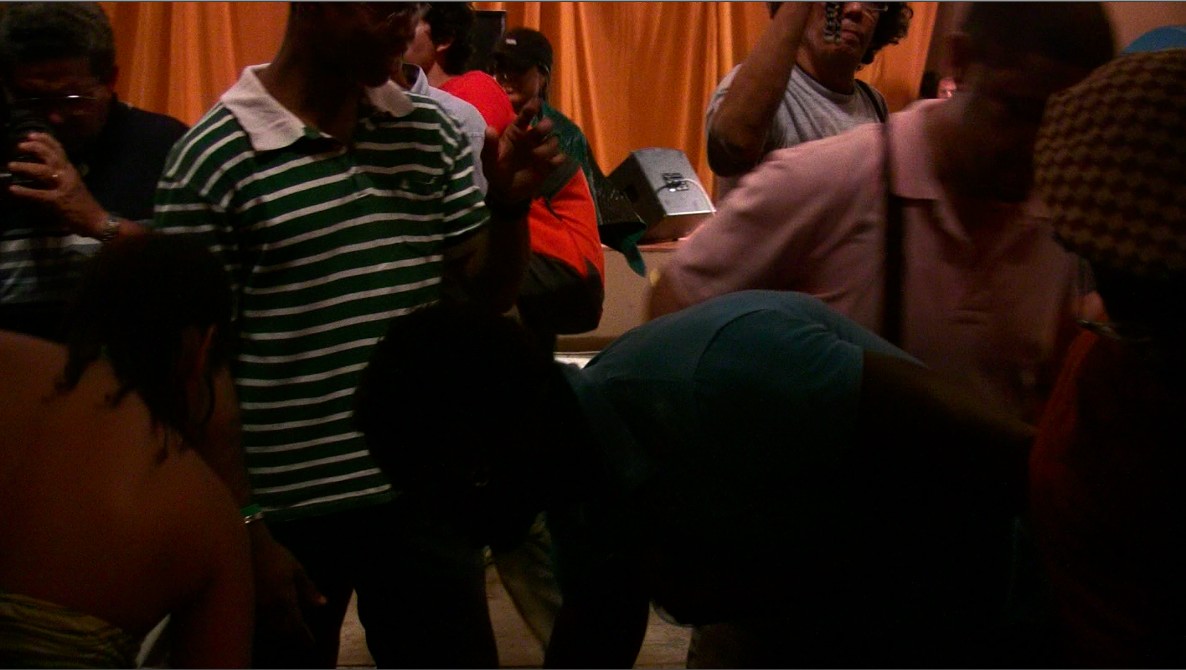 |
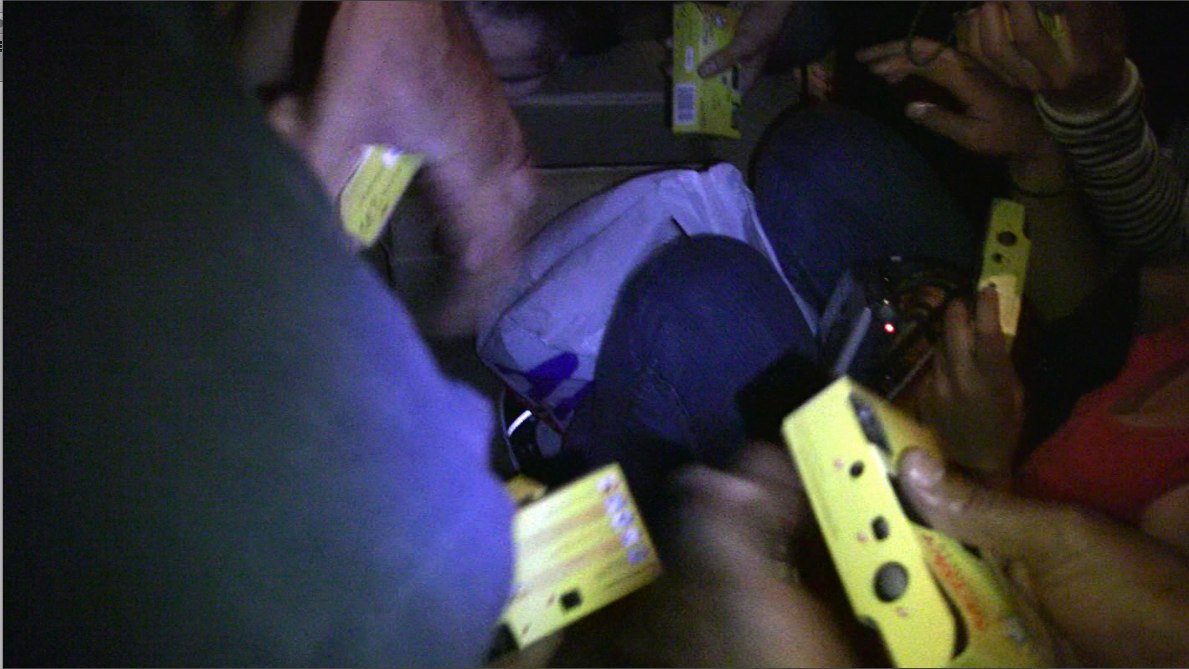 |
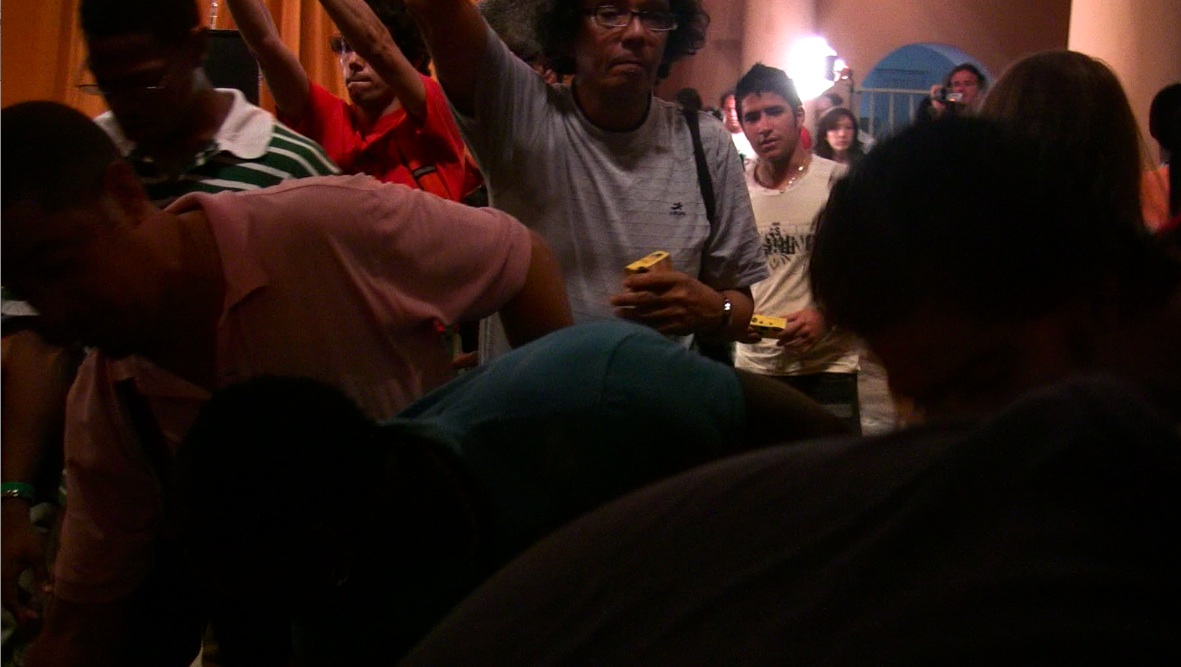 |
|||
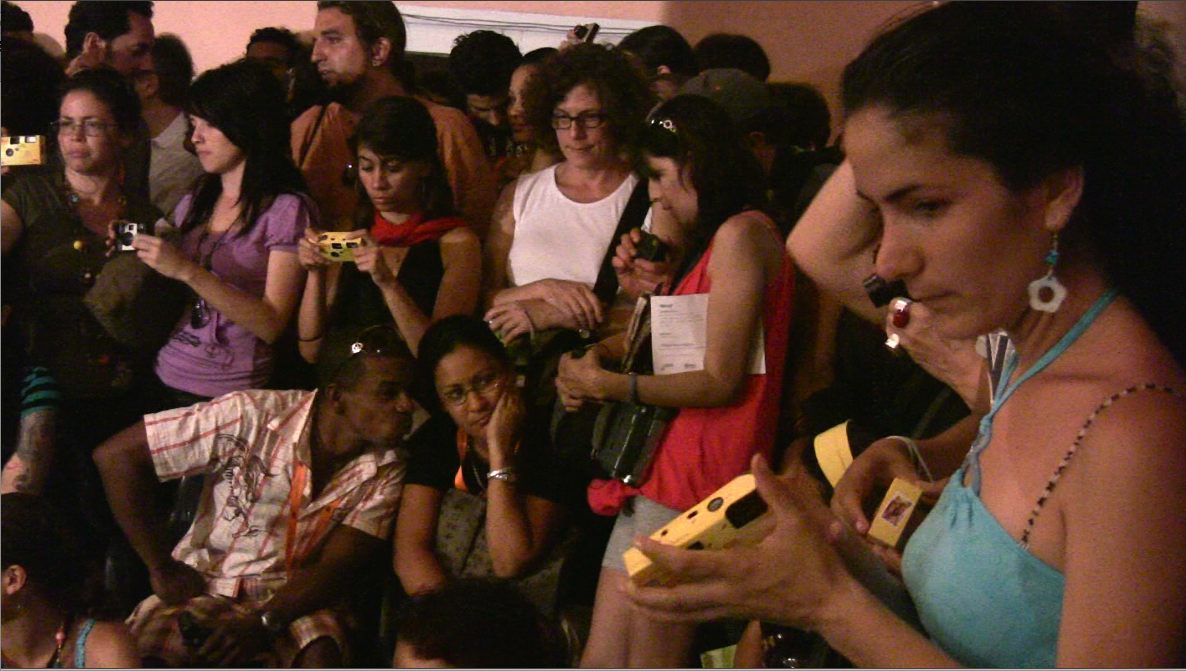 |
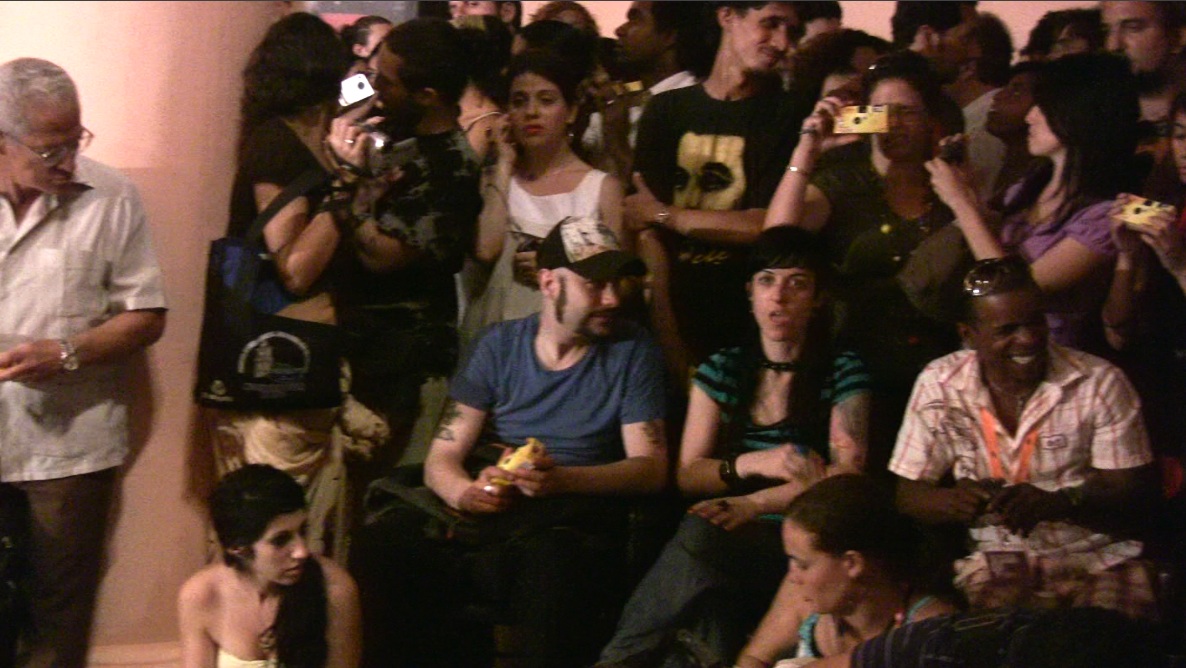 |
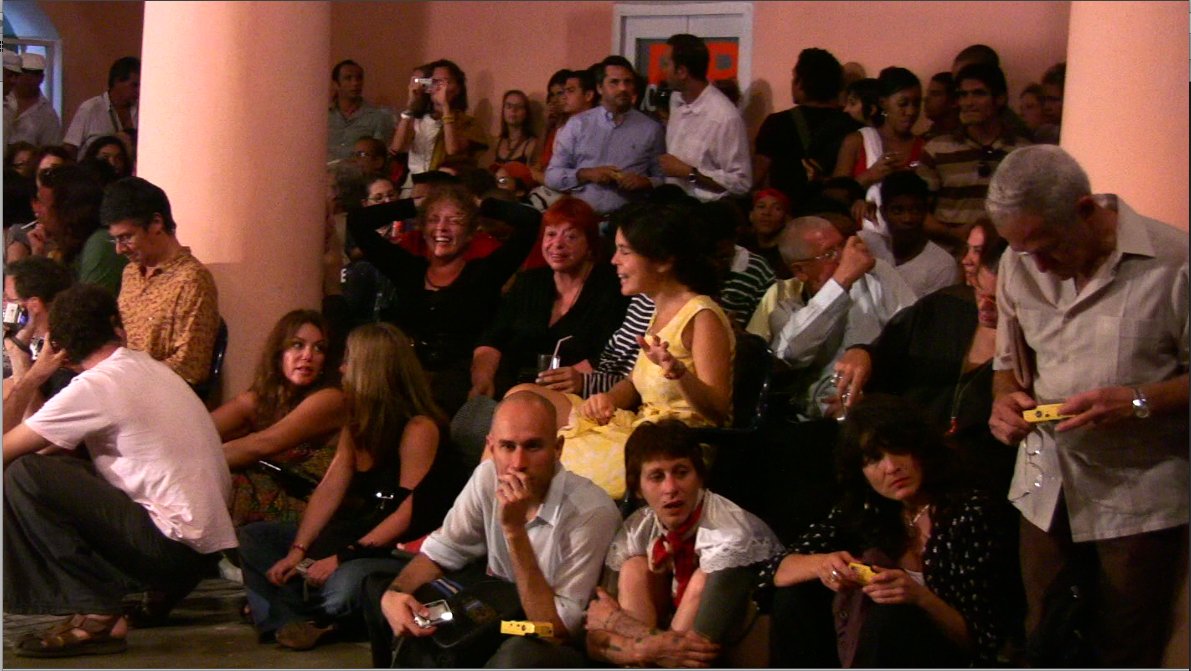 |
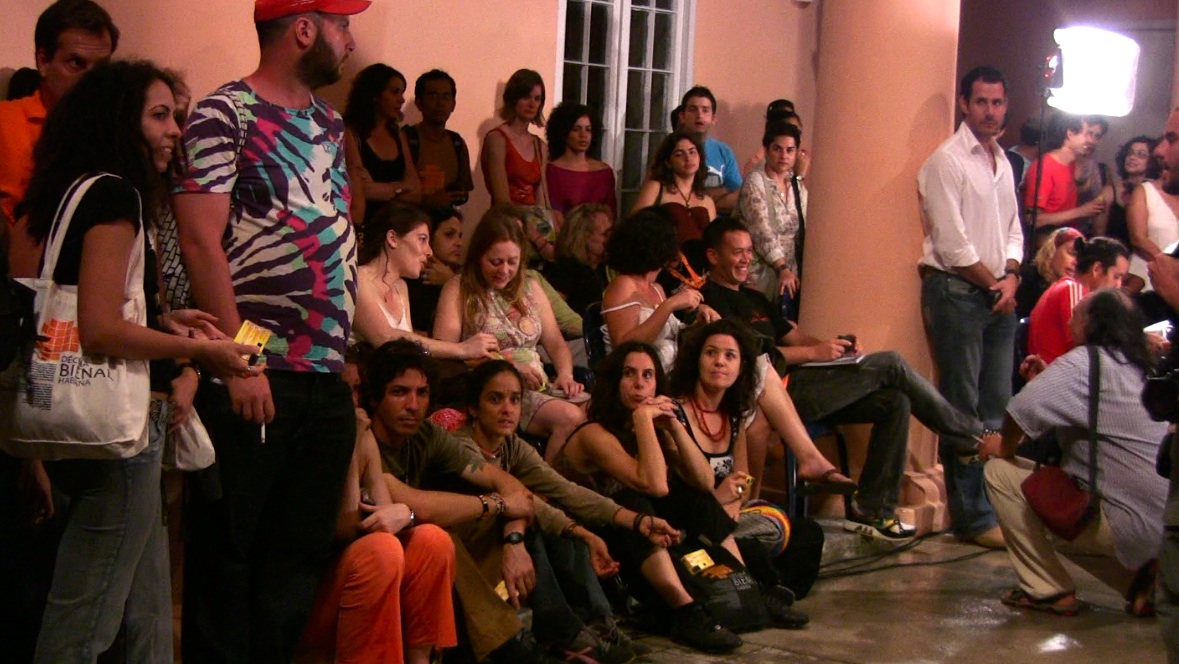 |
|||
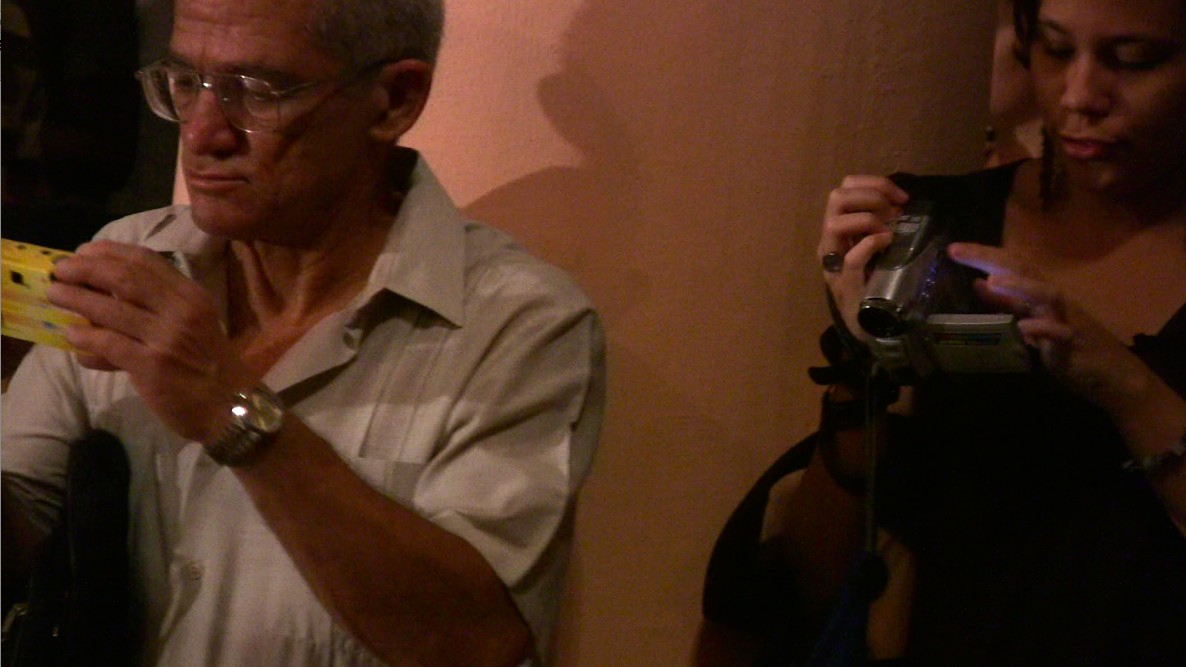 |
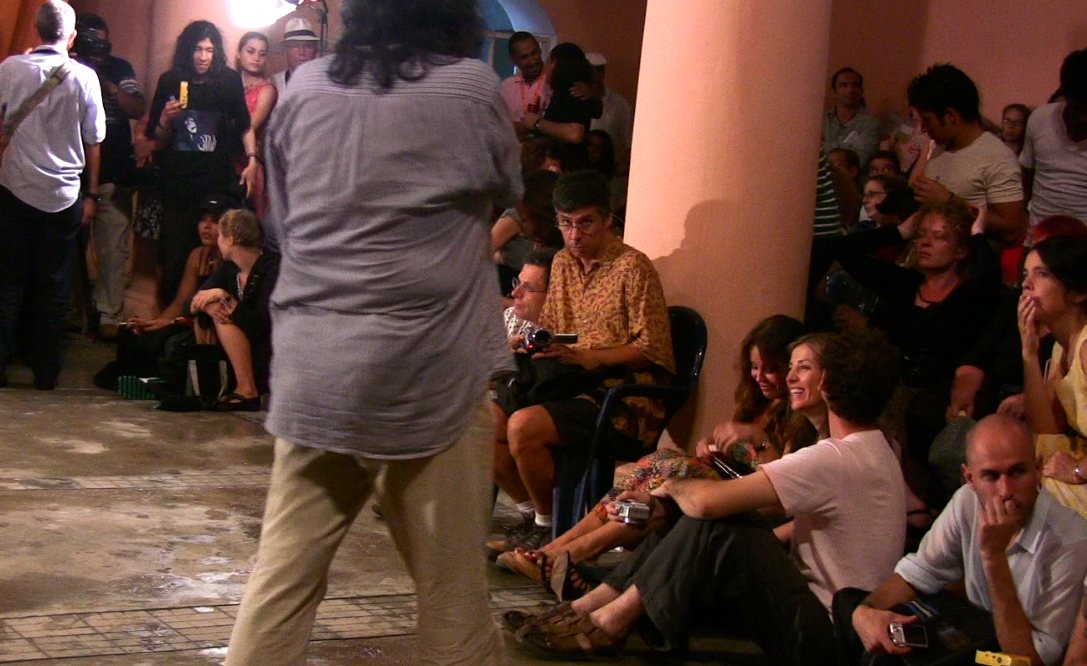 |
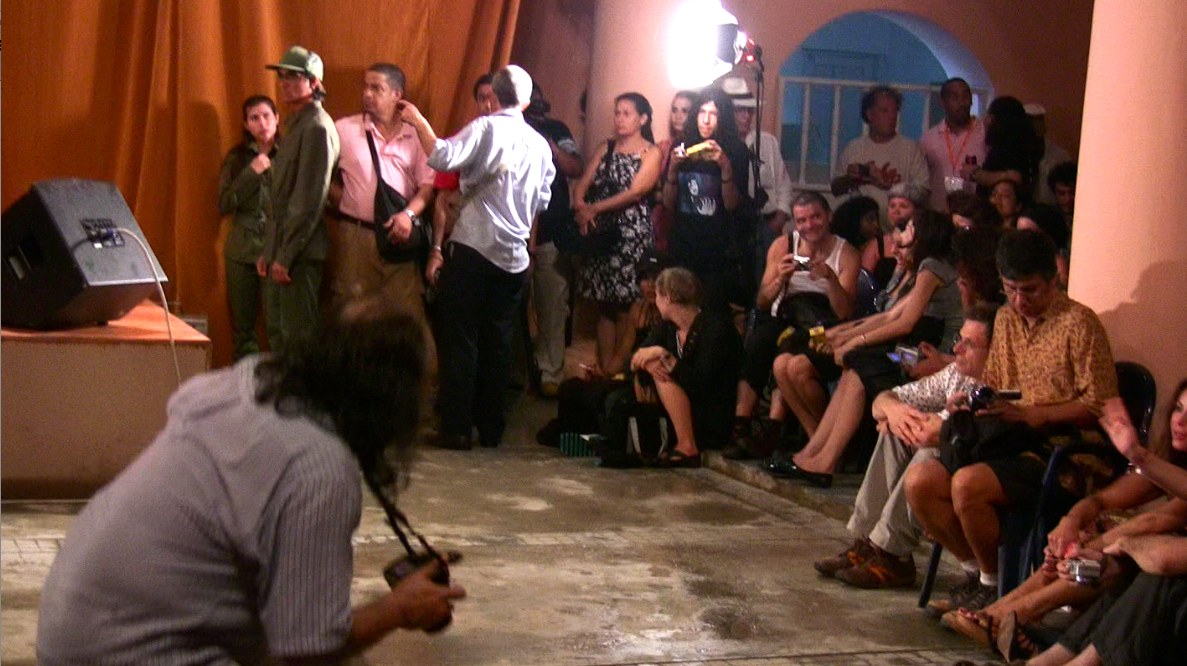 |
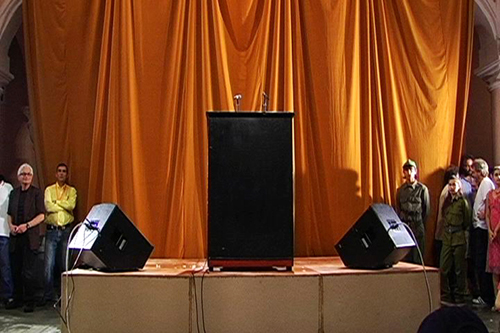 |
|||
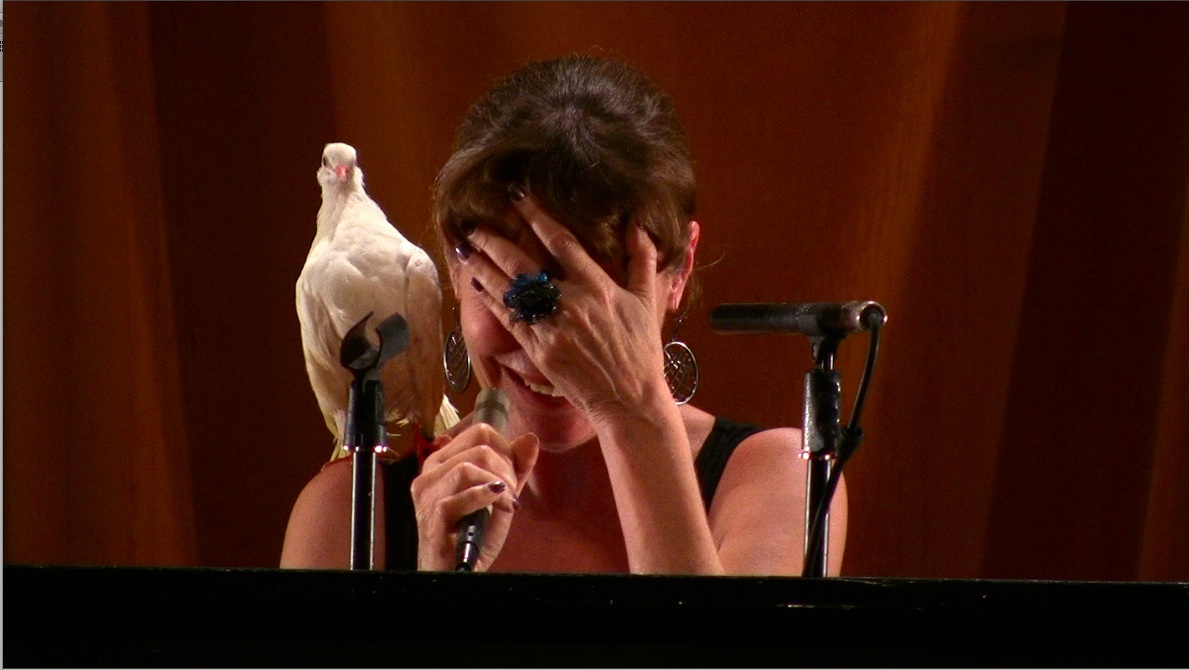 |
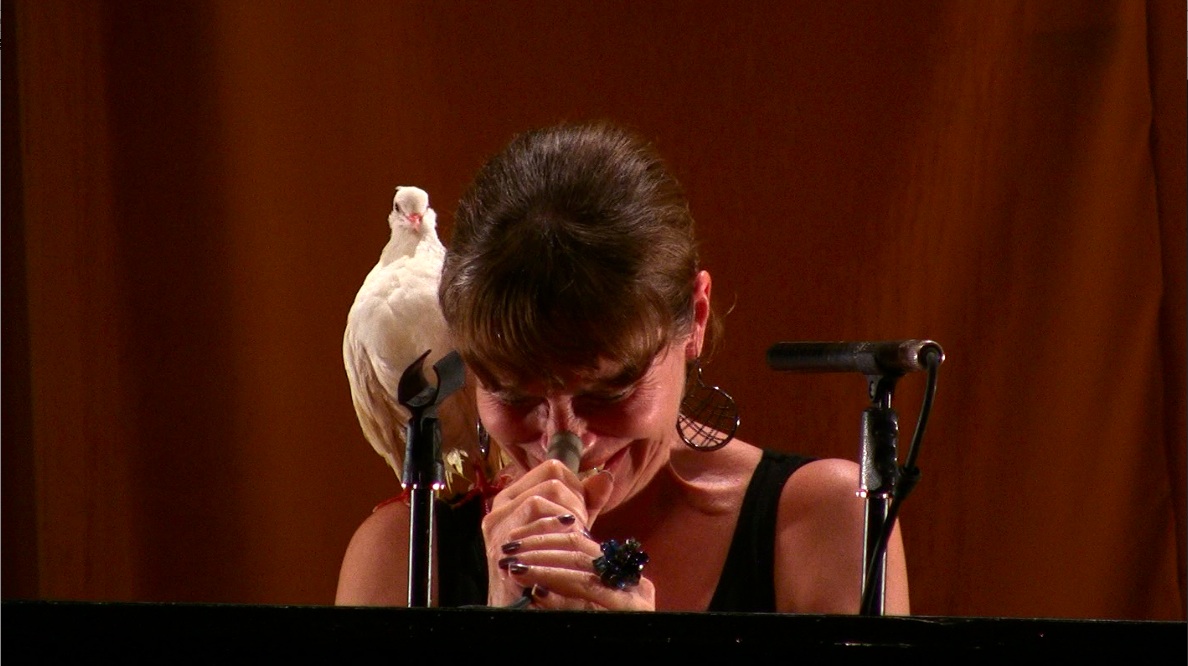 |
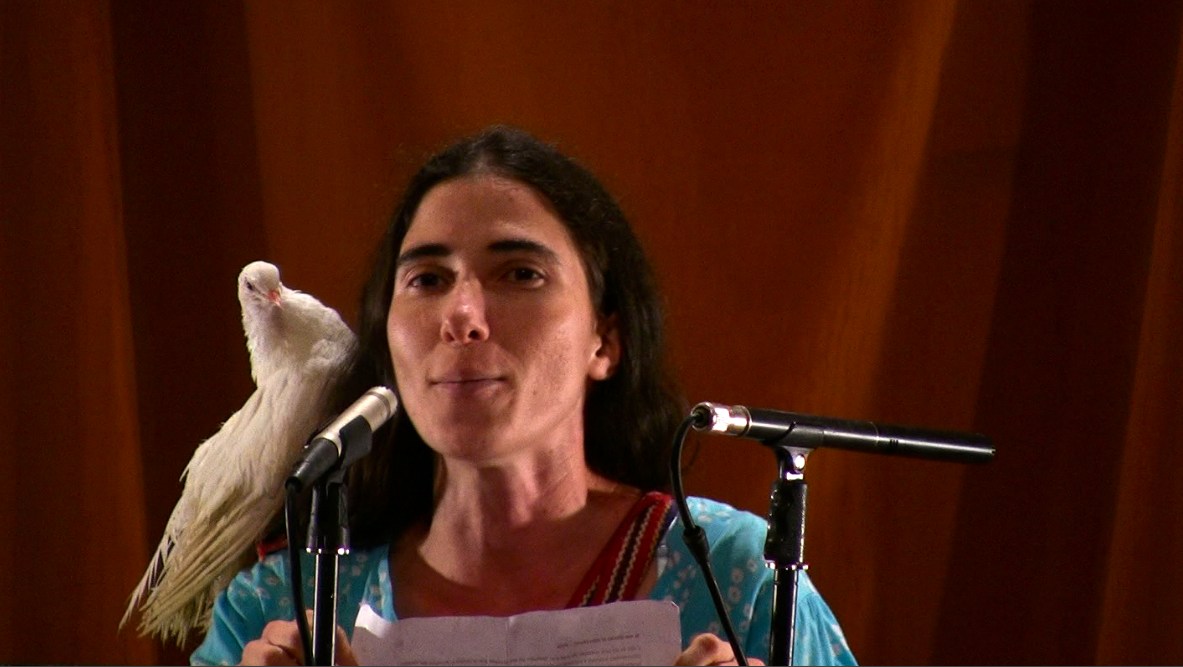 |
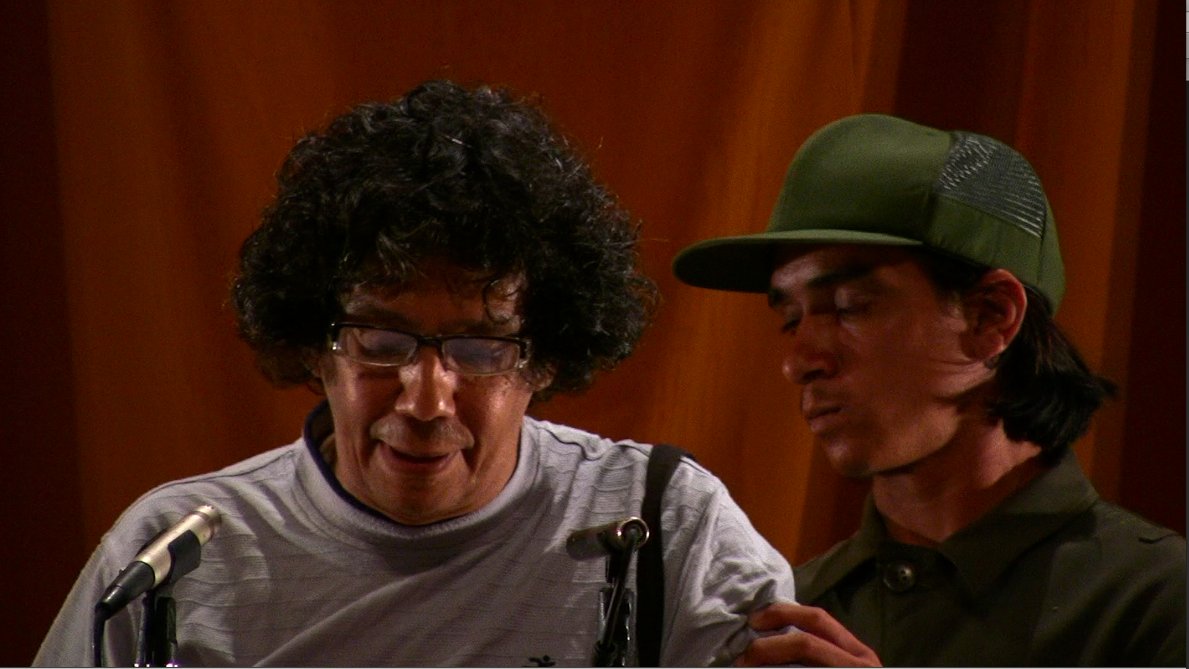 |
|||
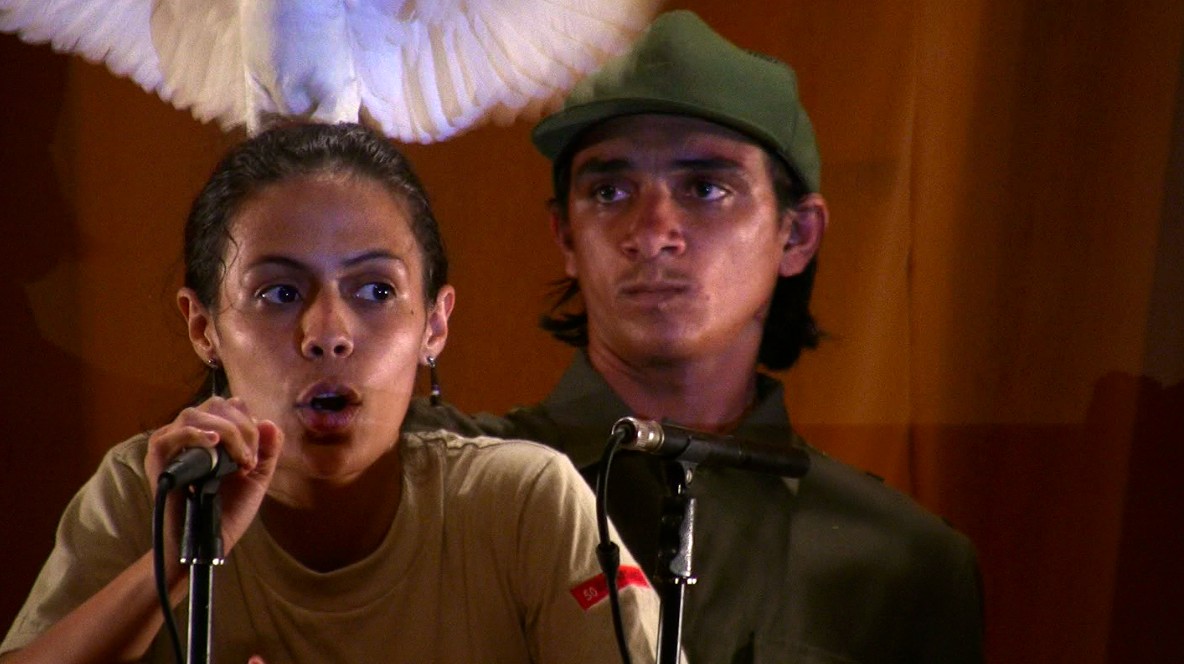 |
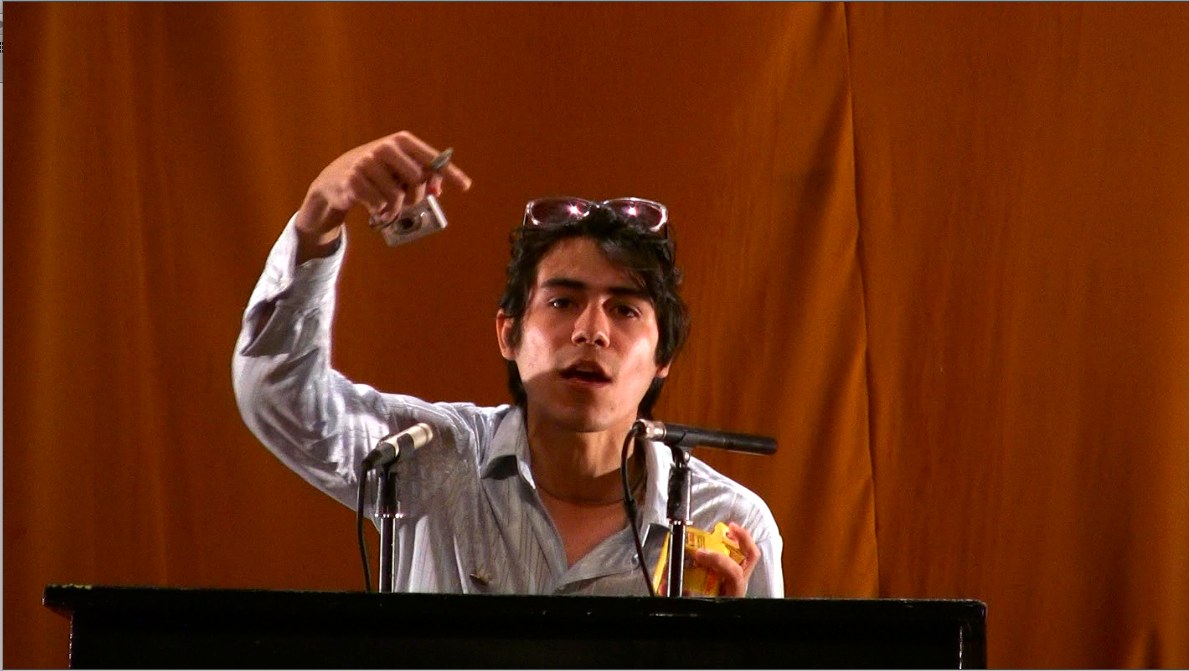 |
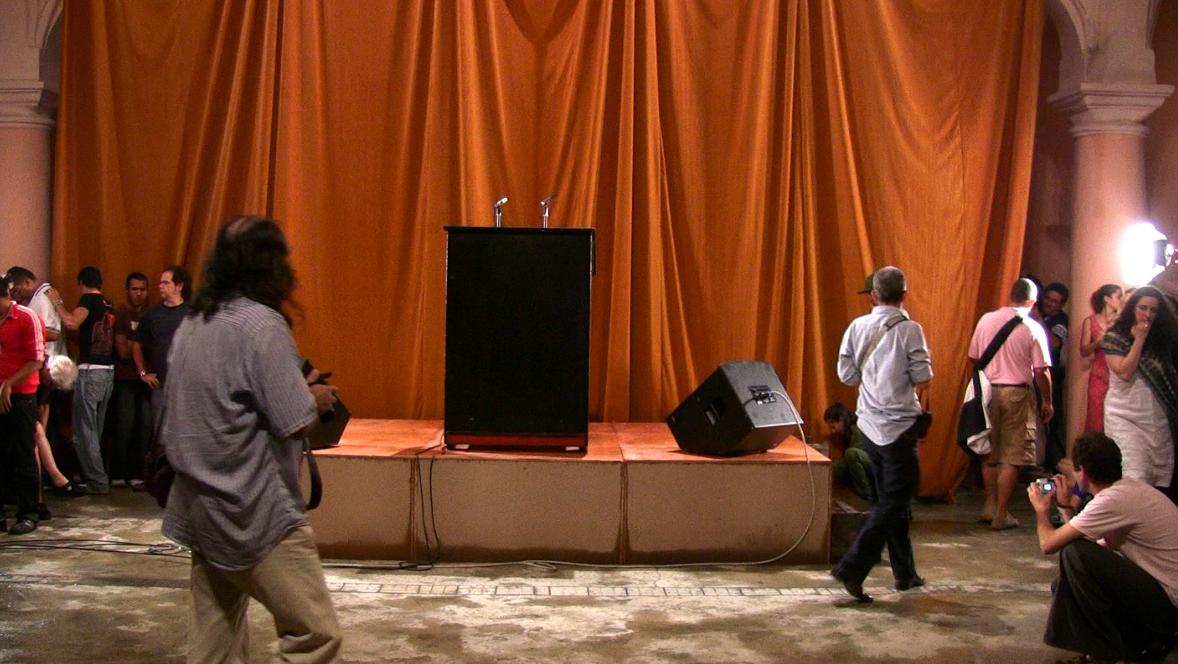 |
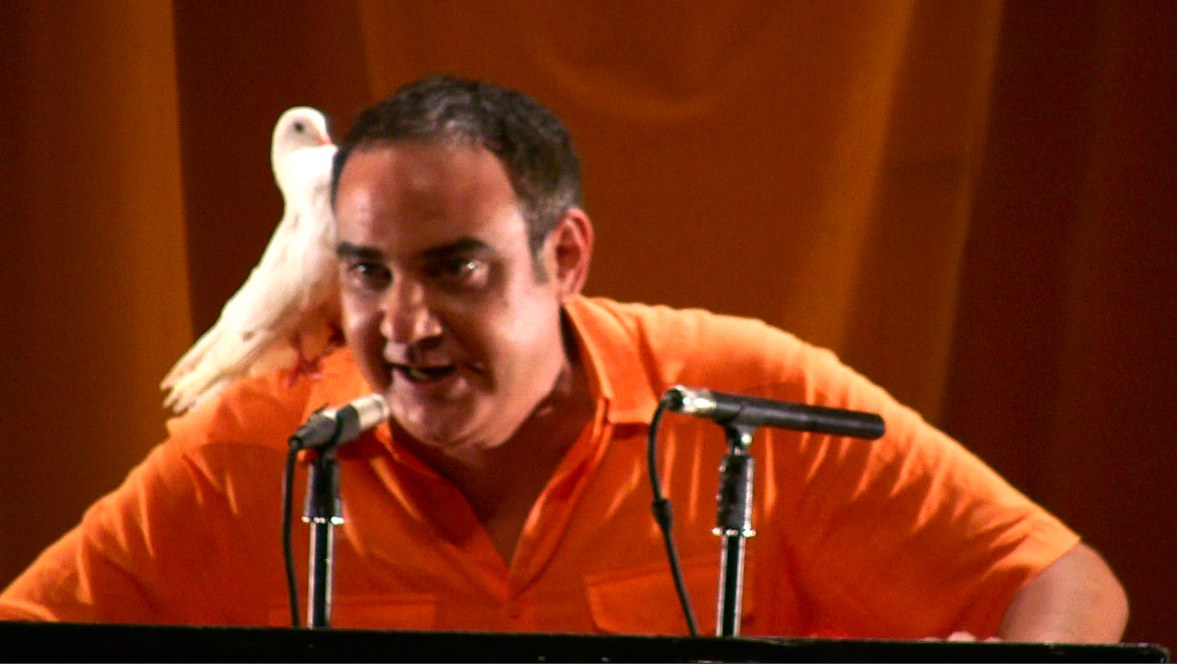 |
|||
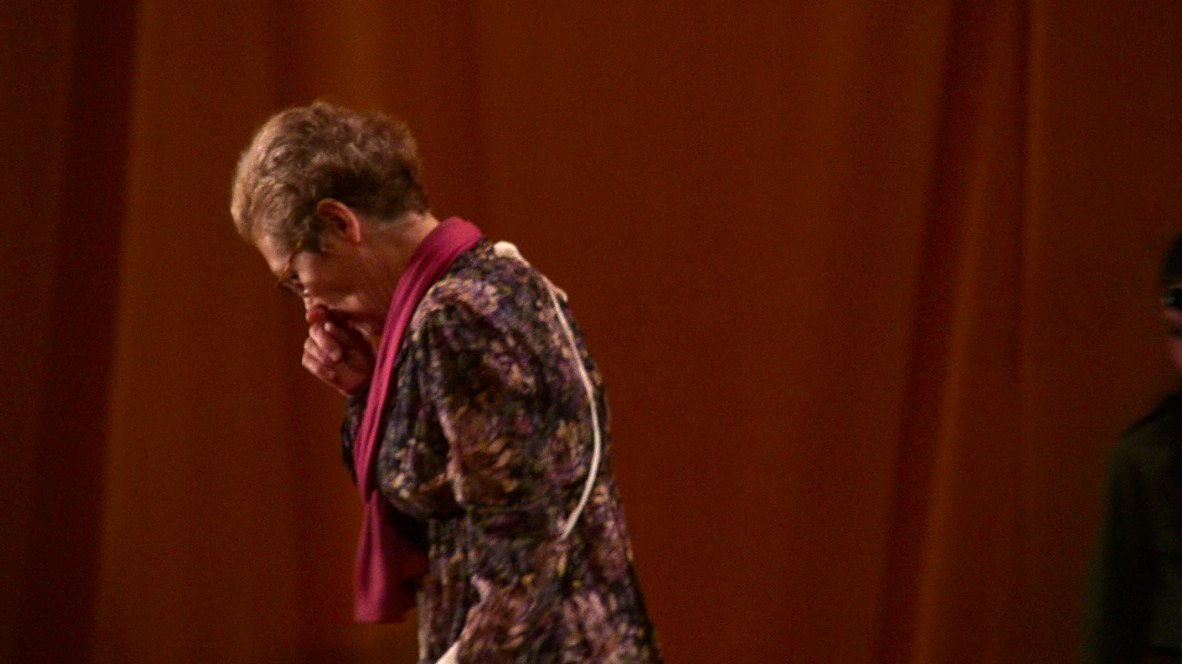 |
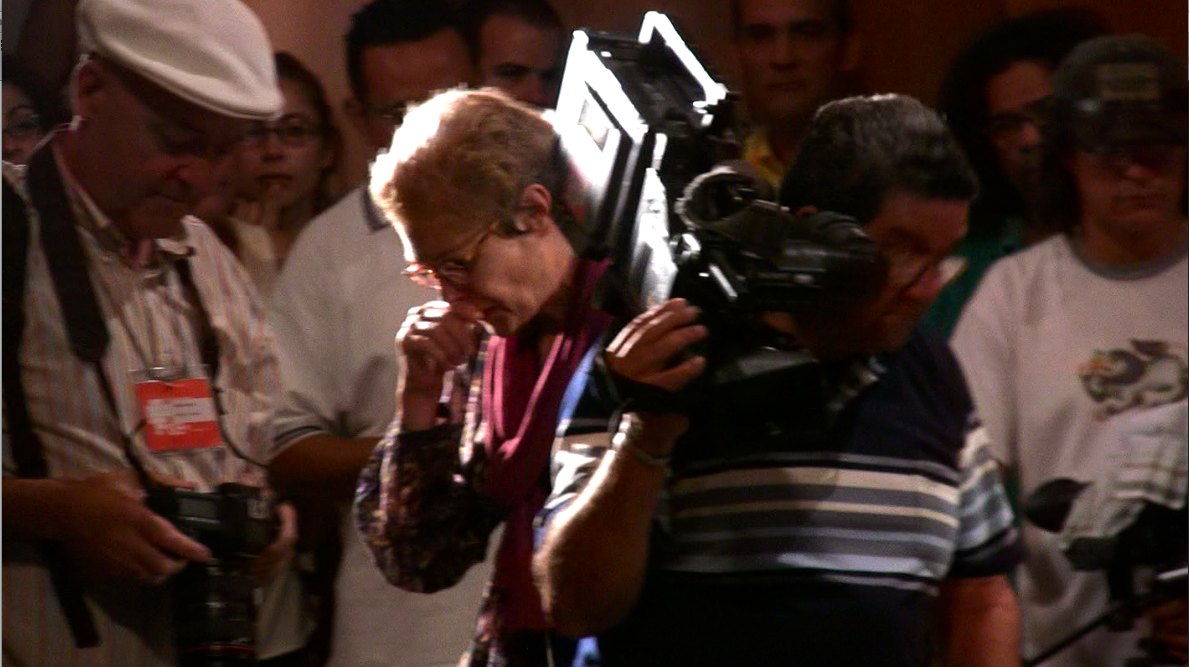 |
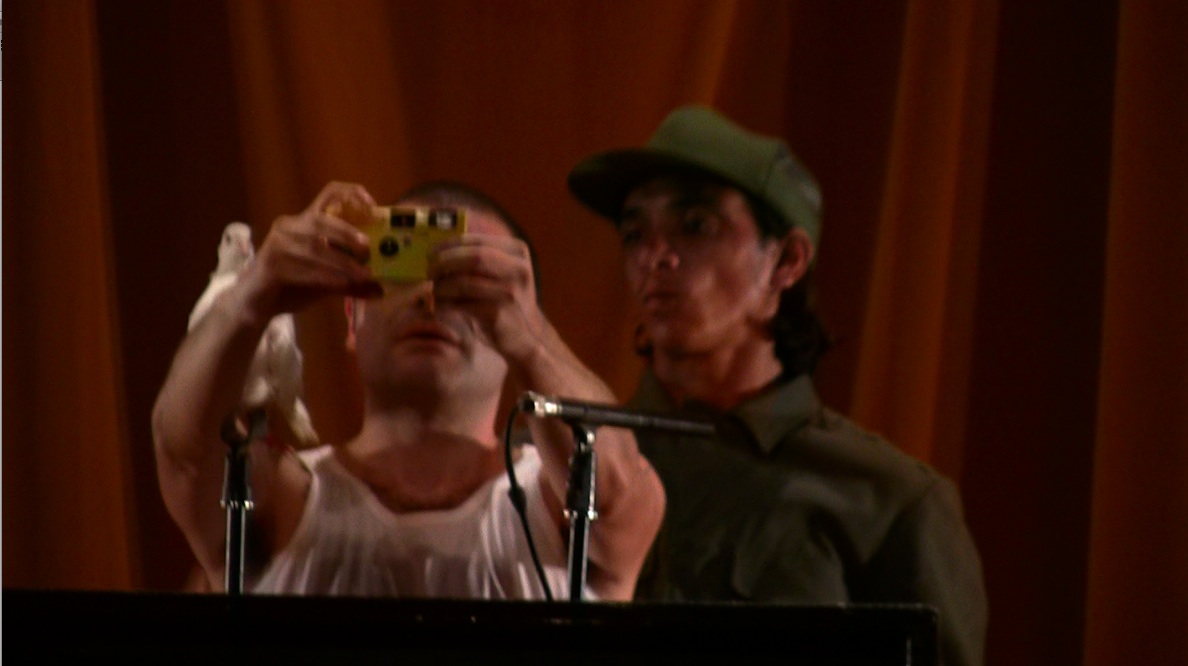 |
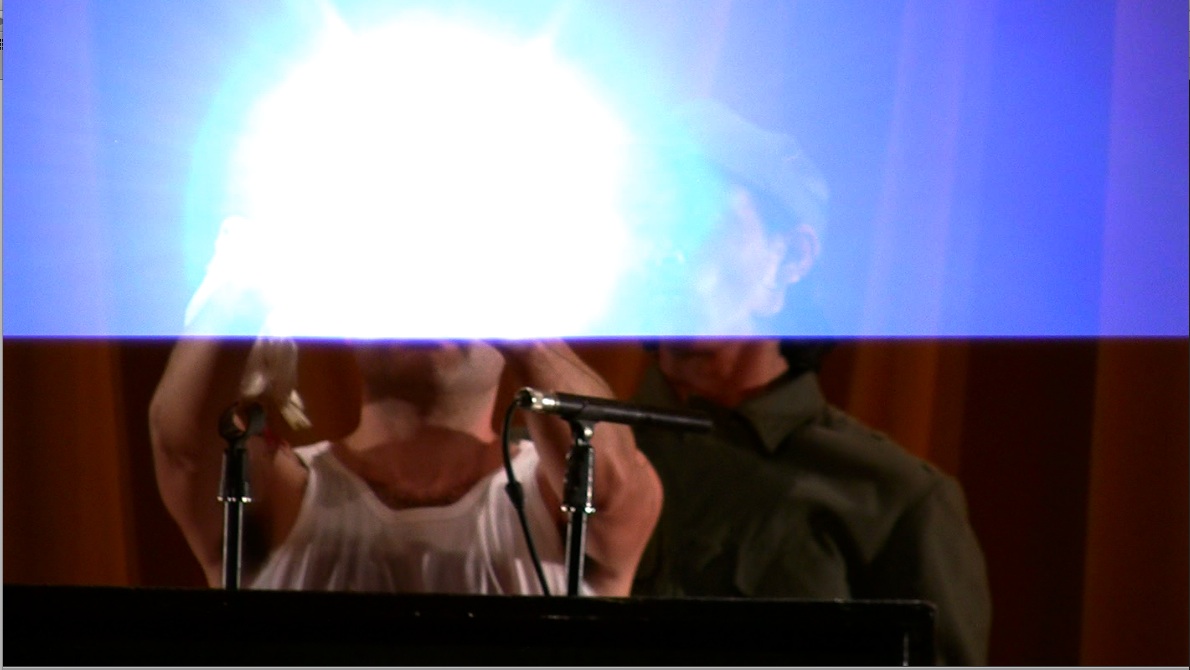 |
|||
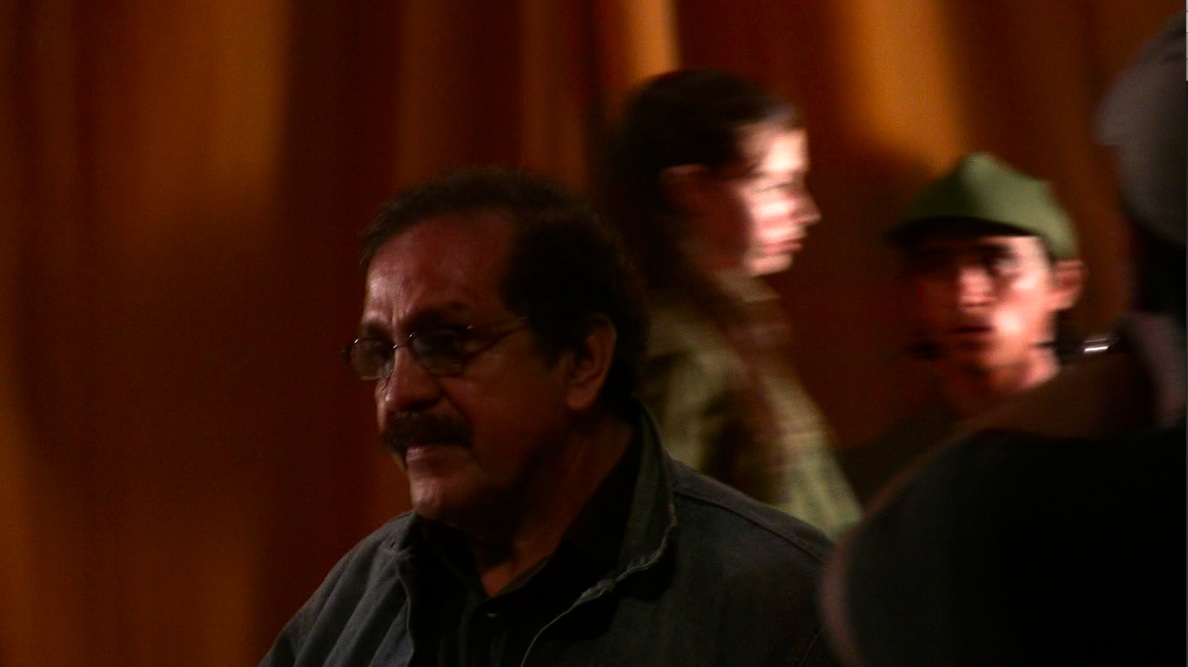 |
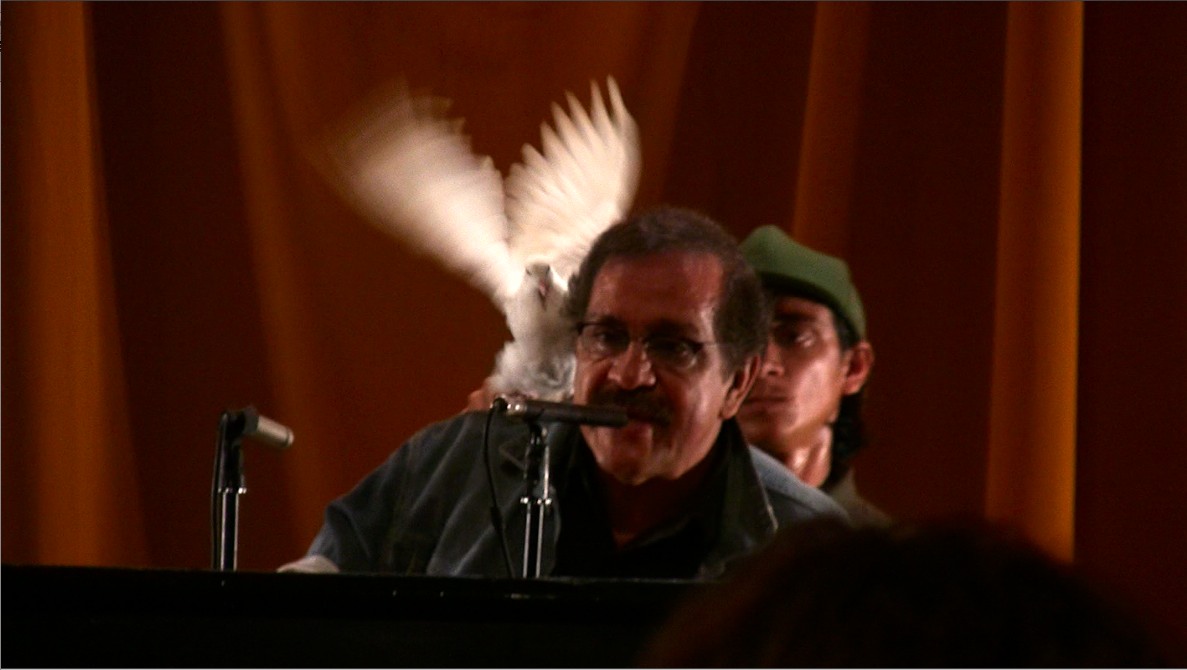 |
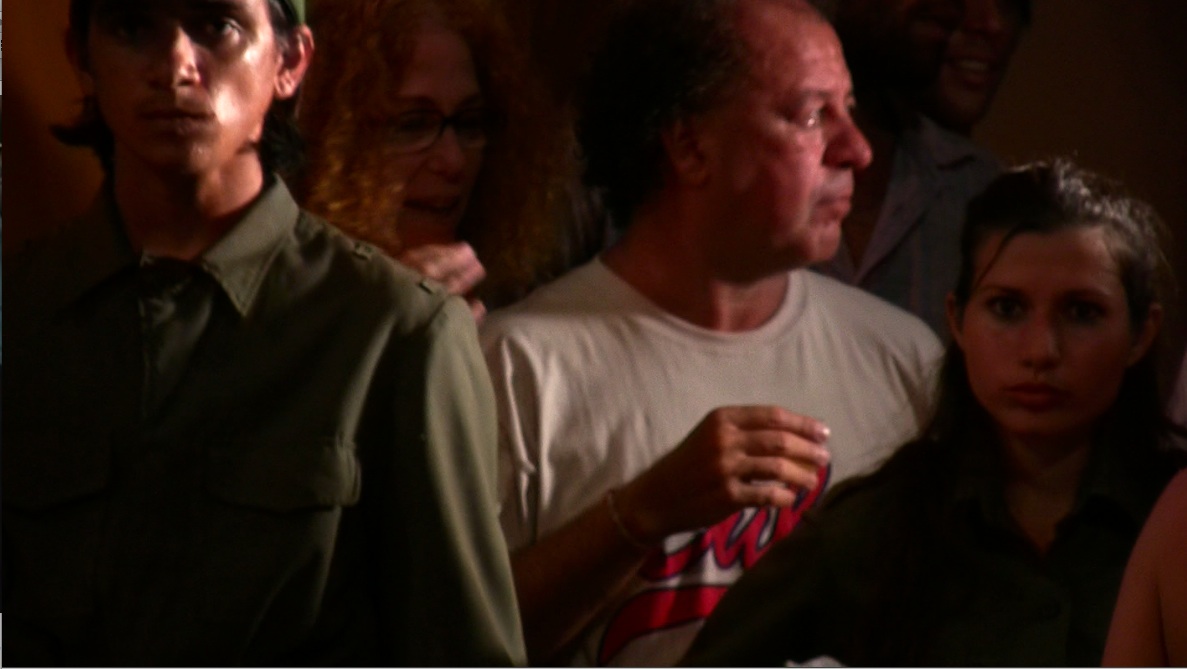 |
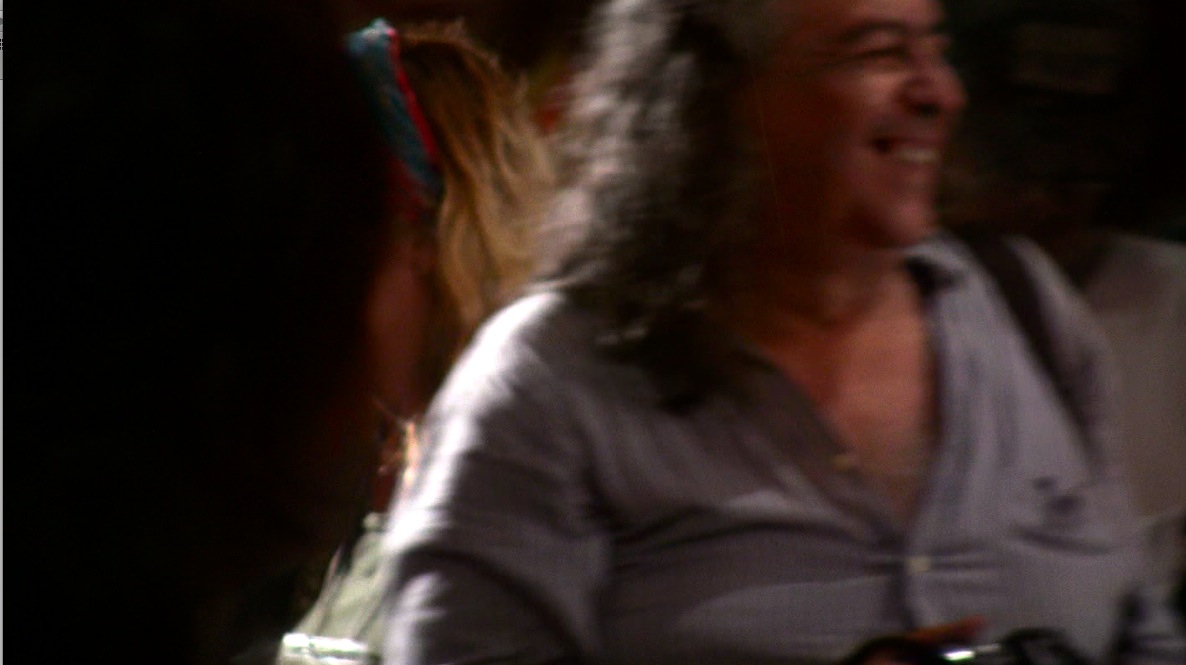 |
|||
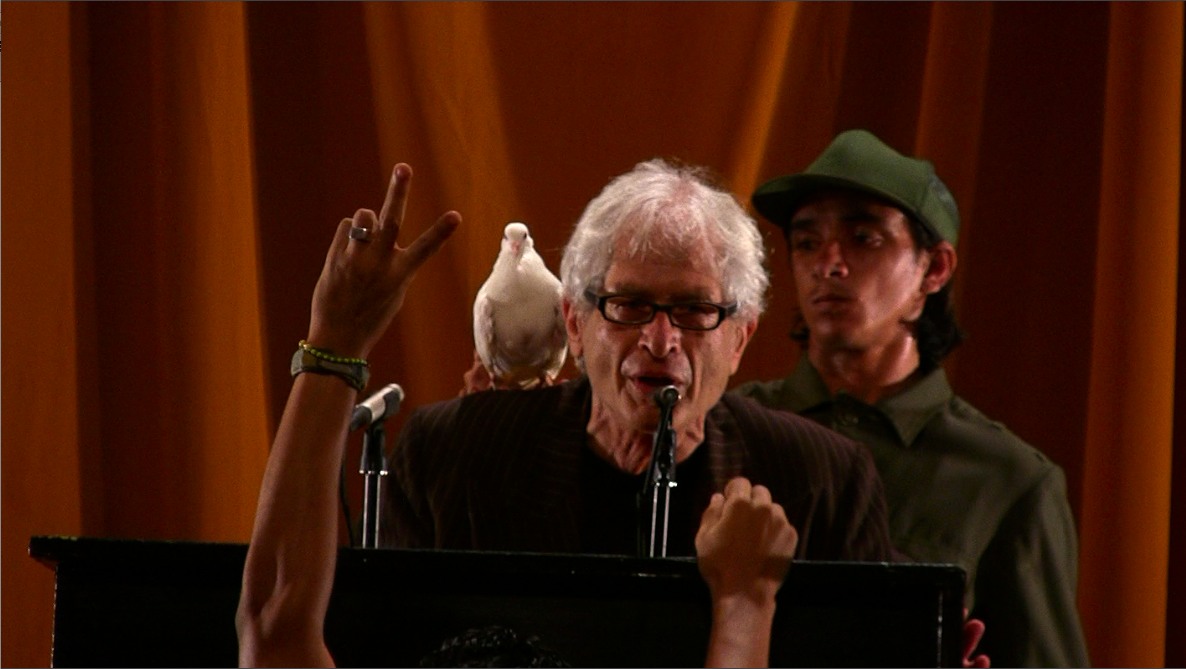 |
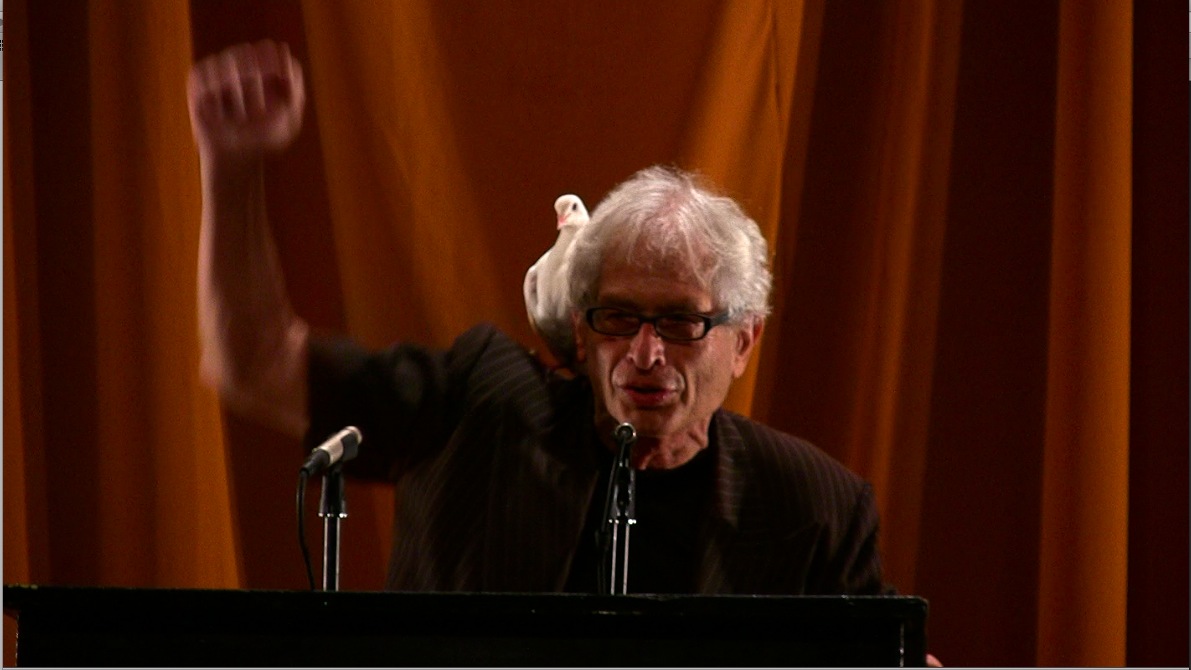 |
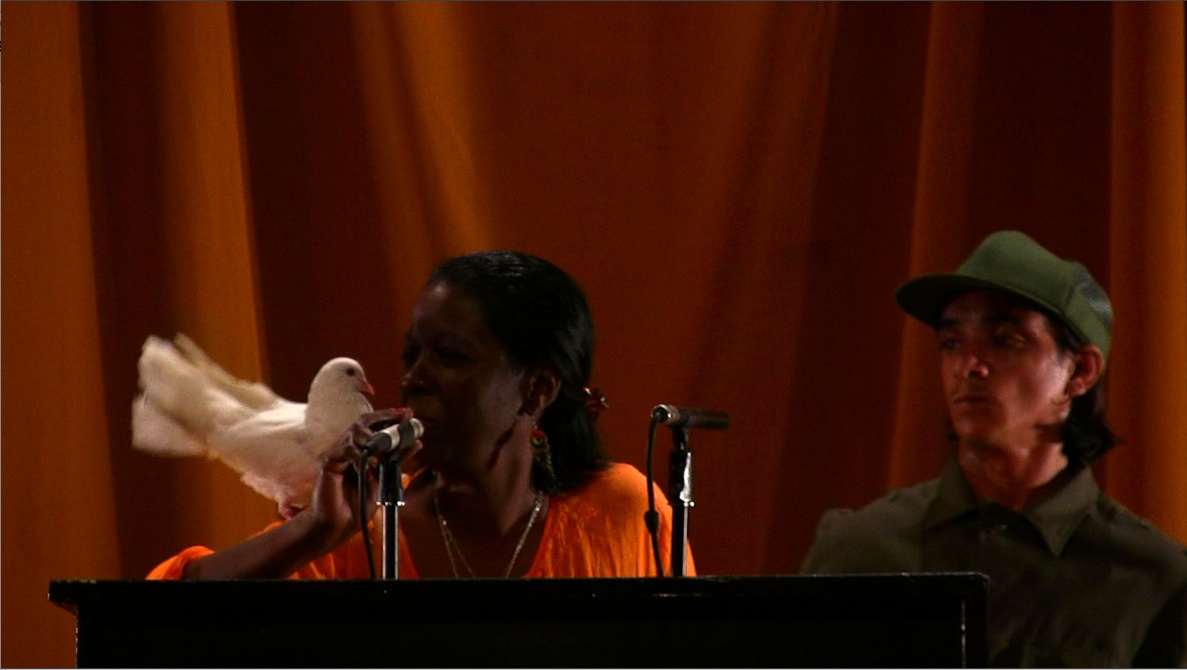 |
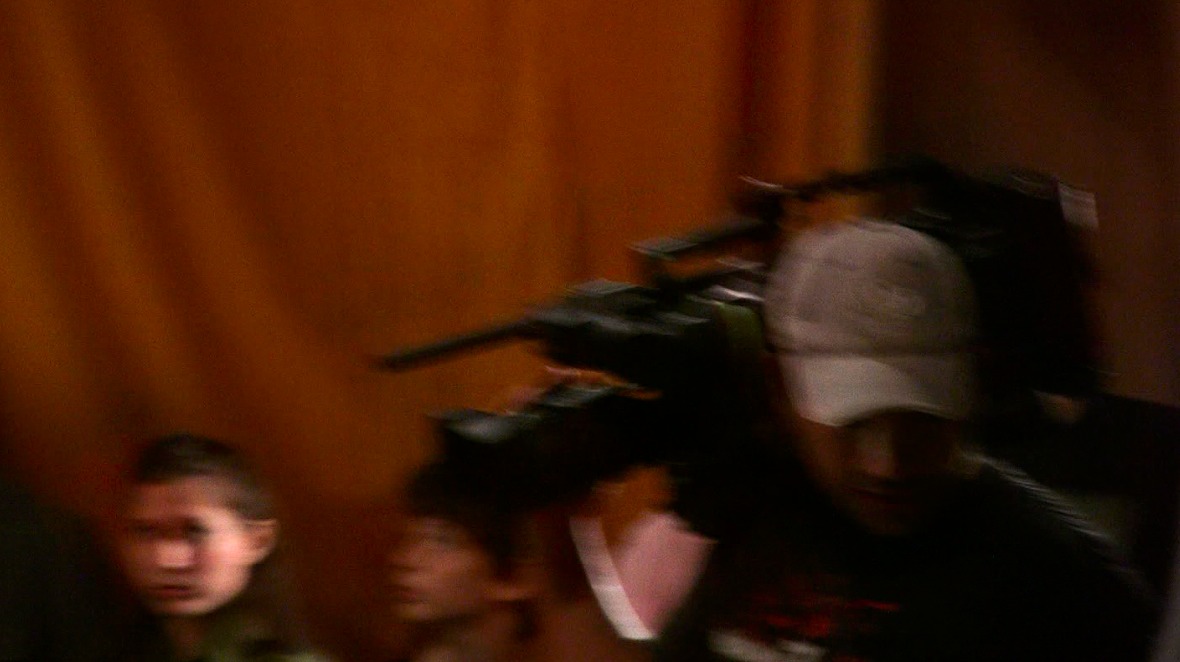 |
|||
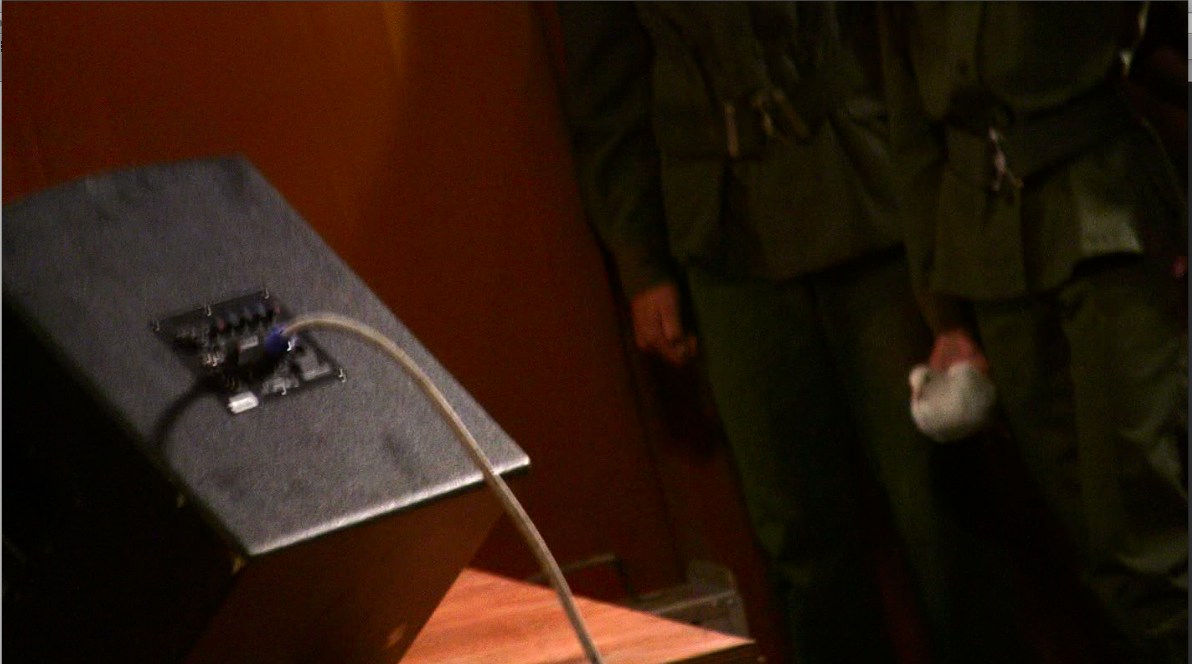 |
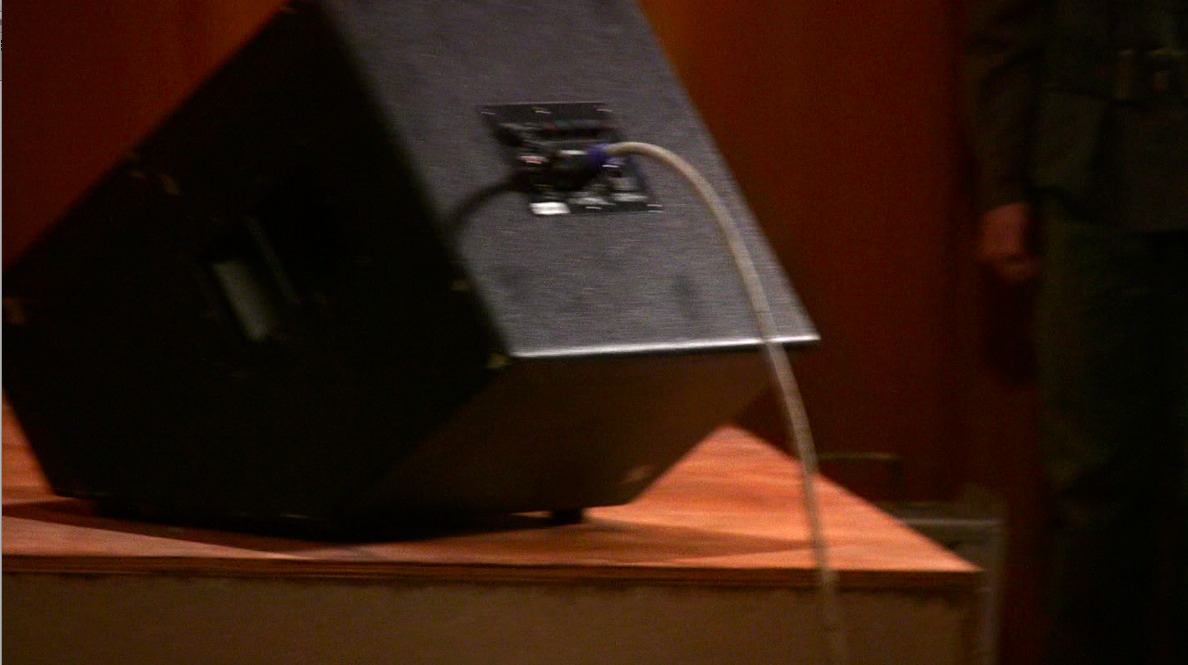 |
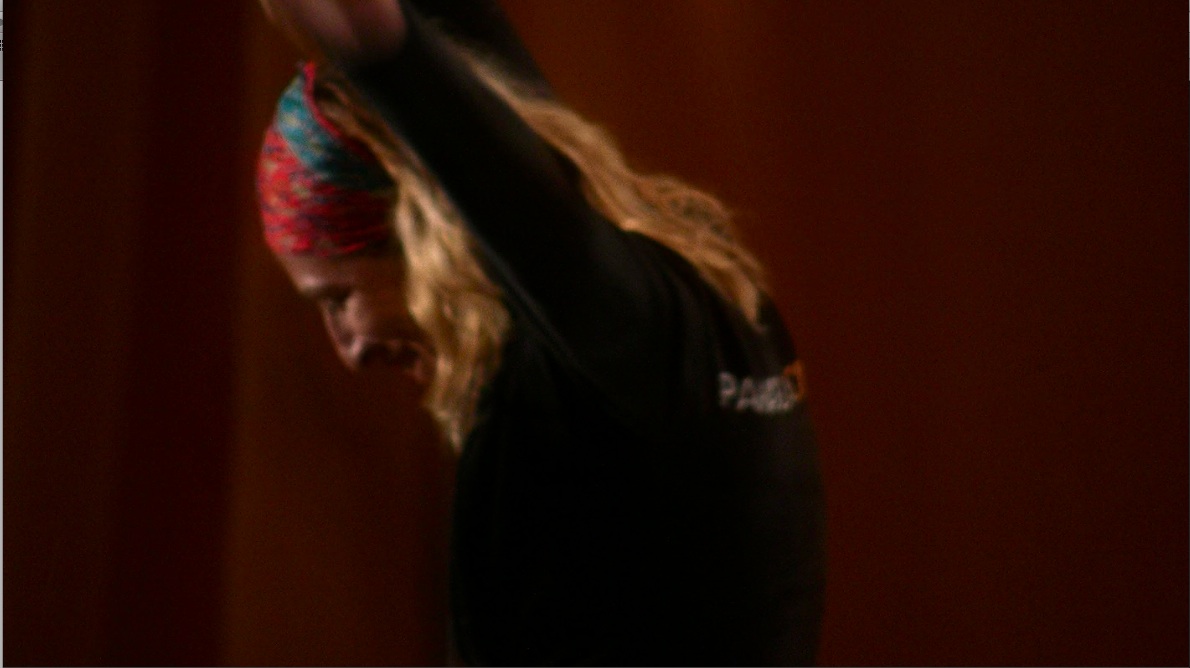 |
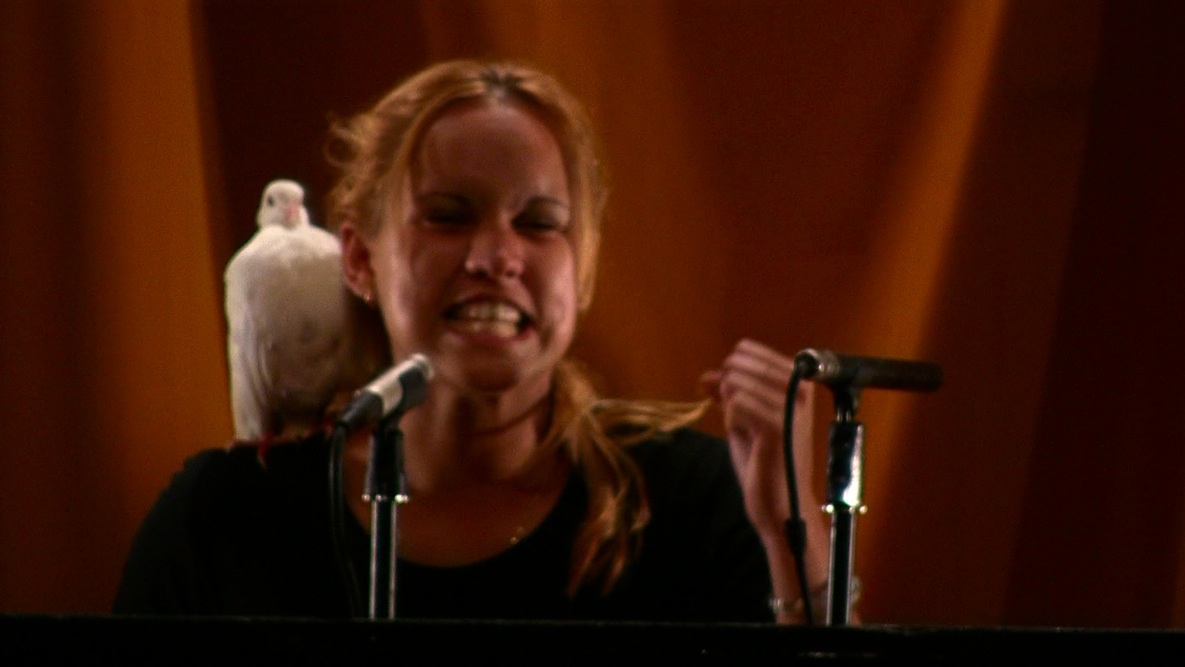 |
|||
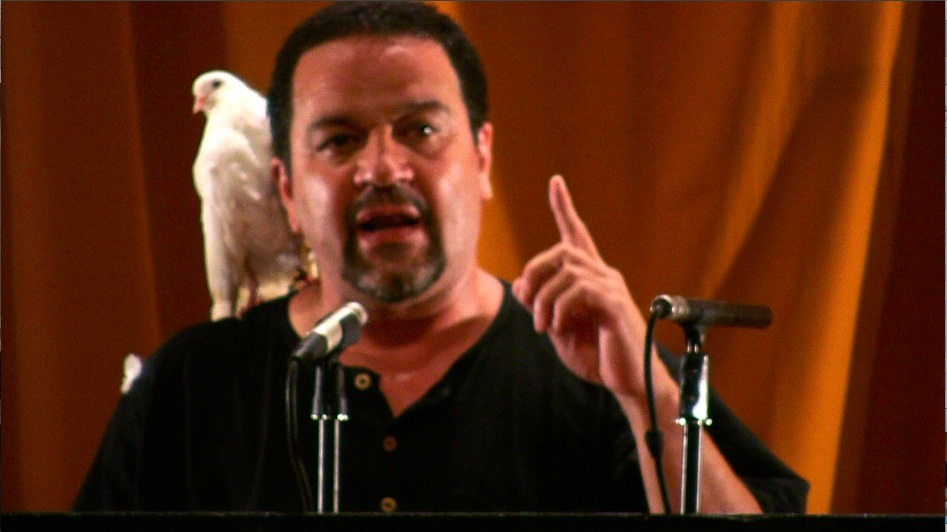 |
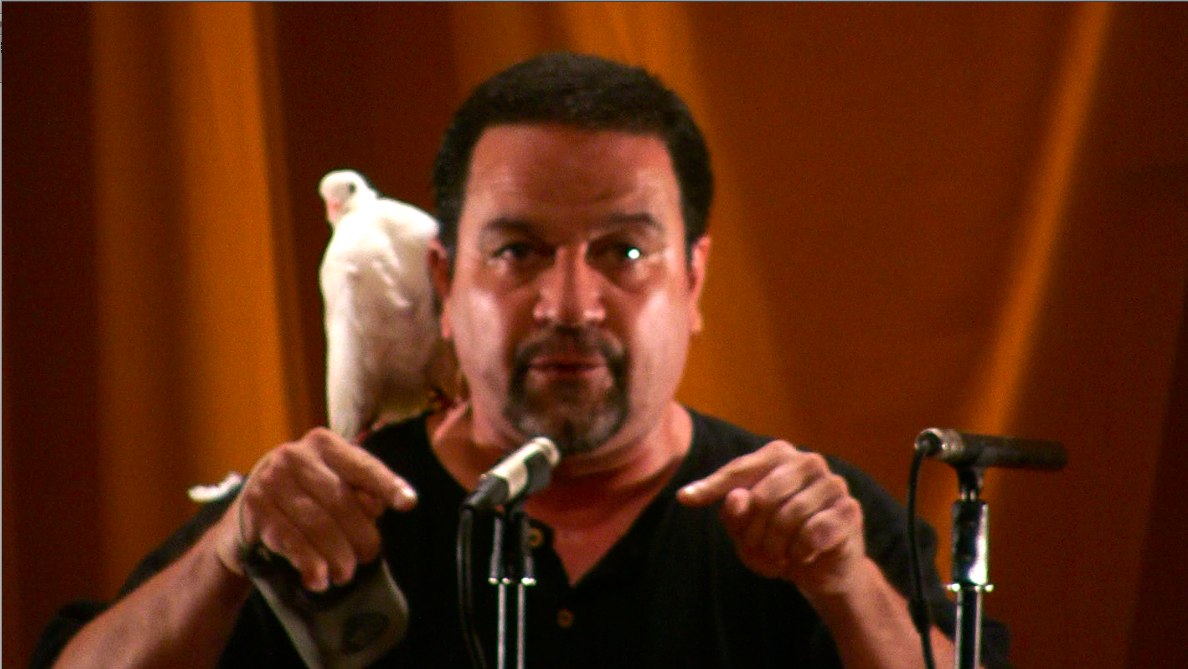 |
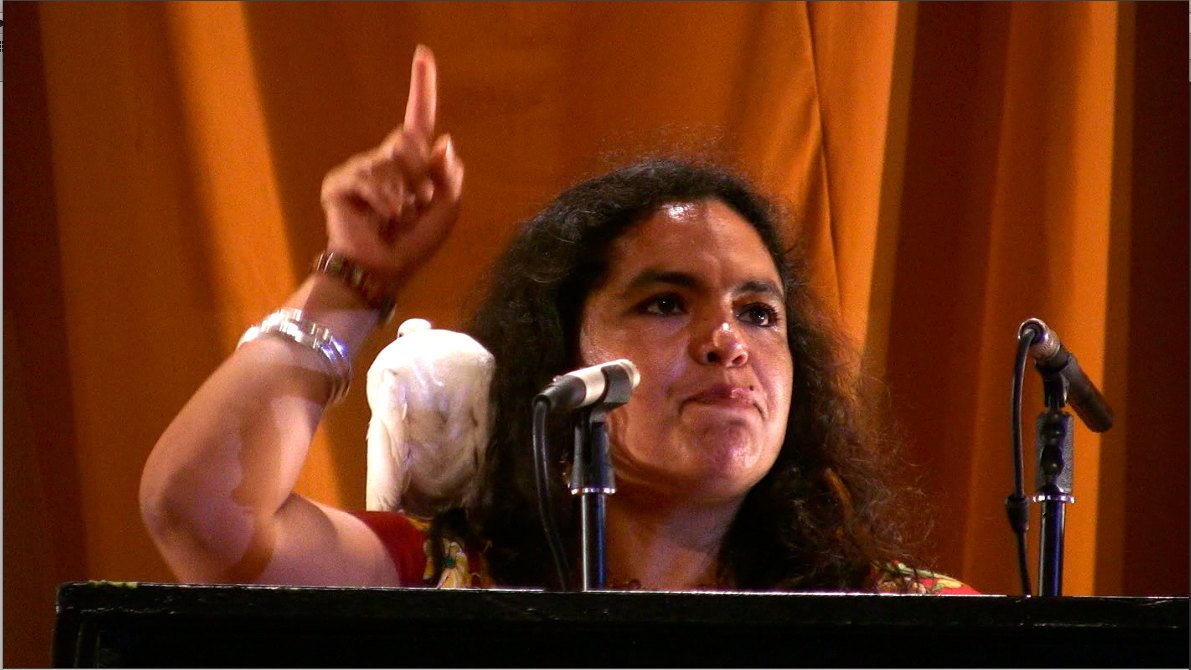 |
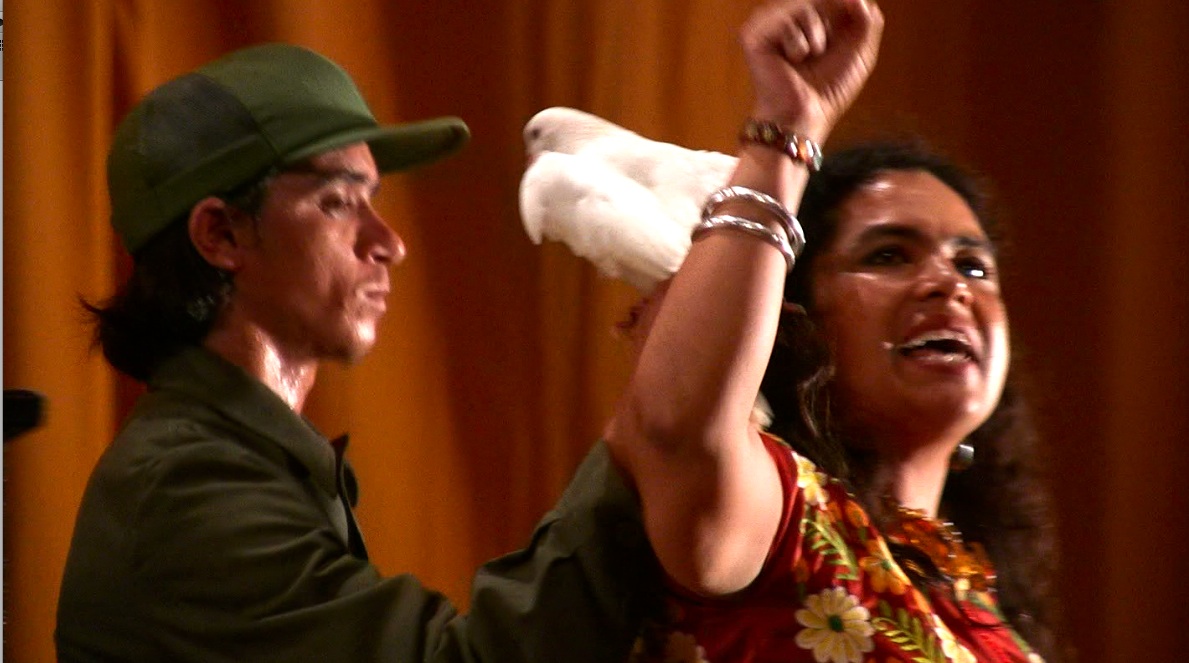 |
|||
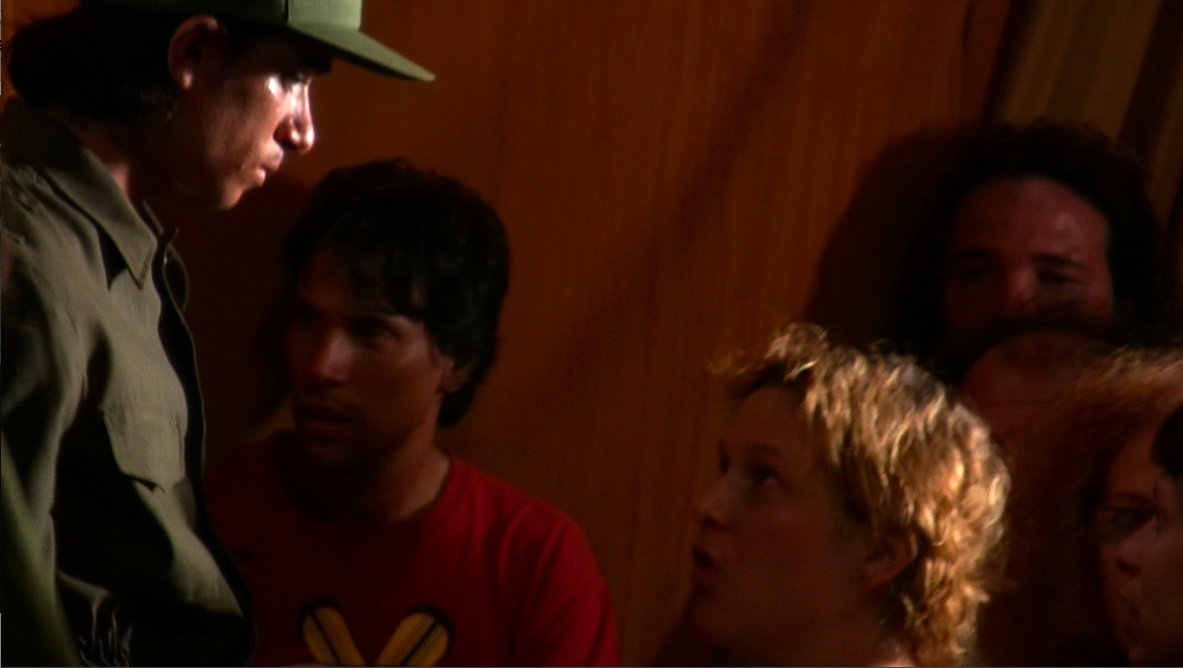 |
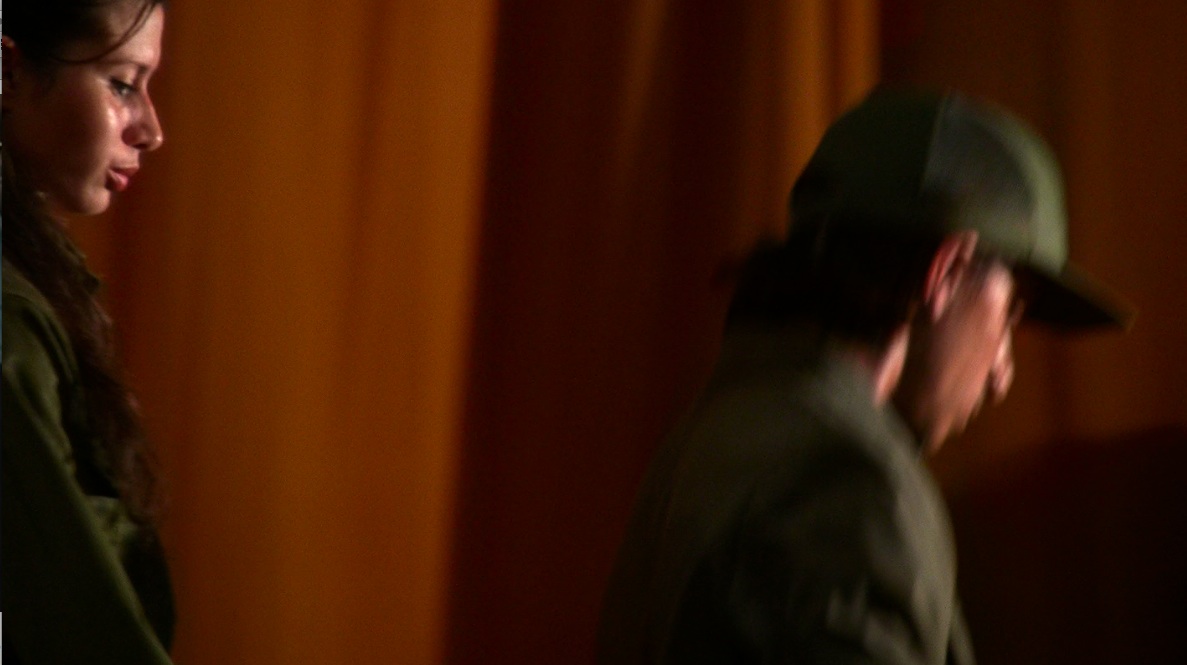 |
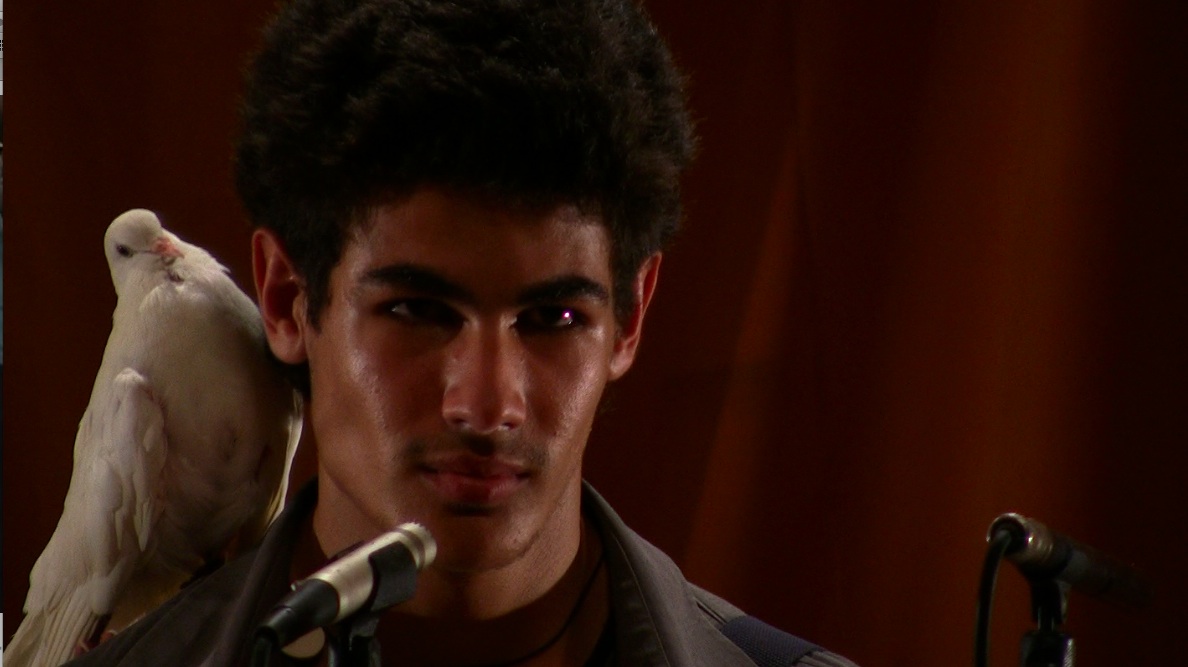 |
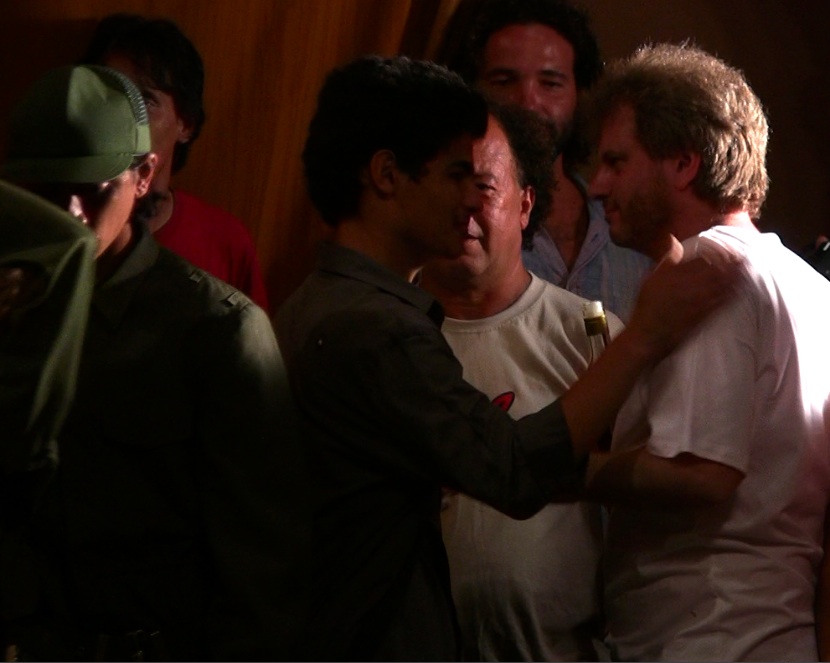 |
|||
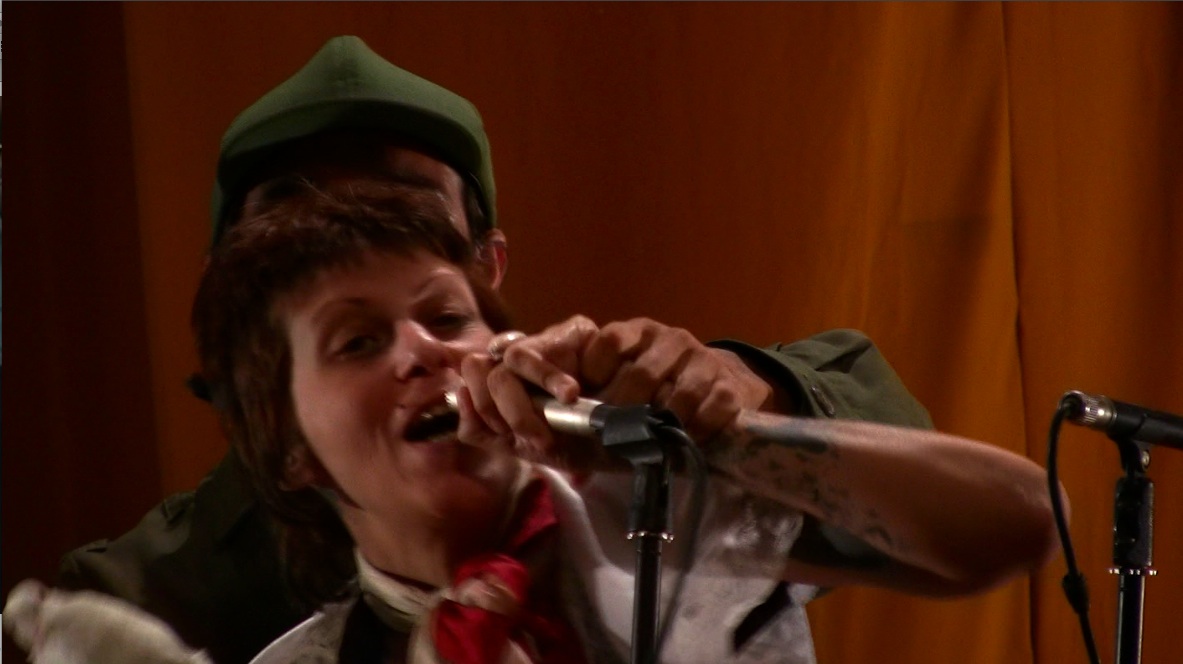 |
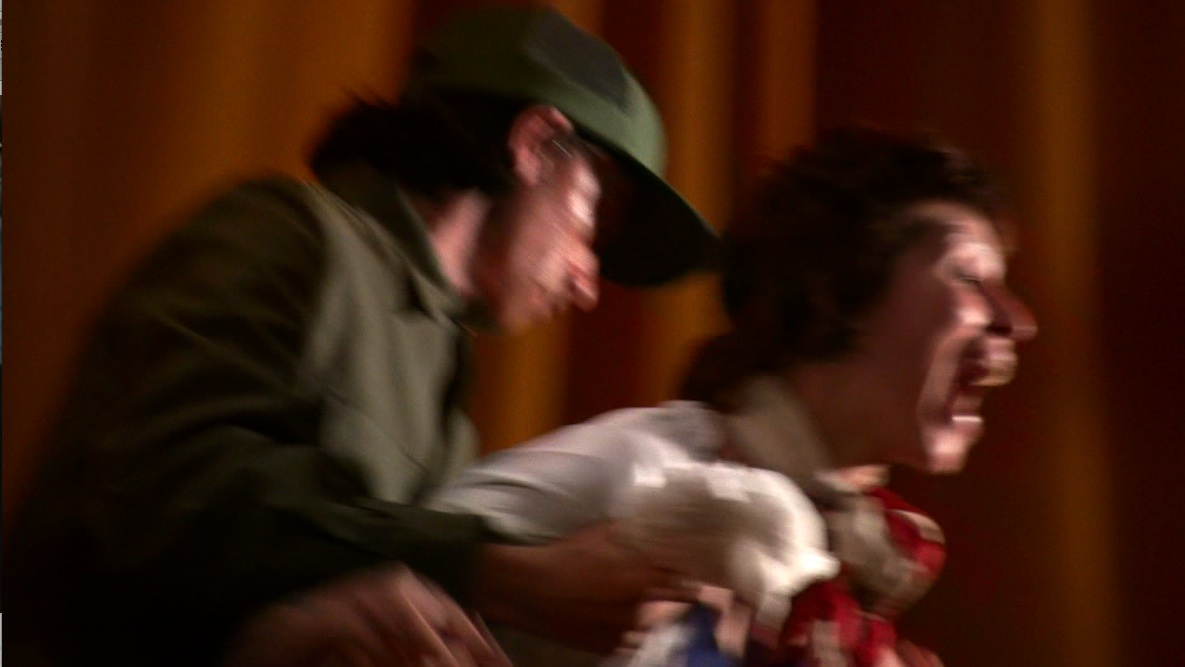 |
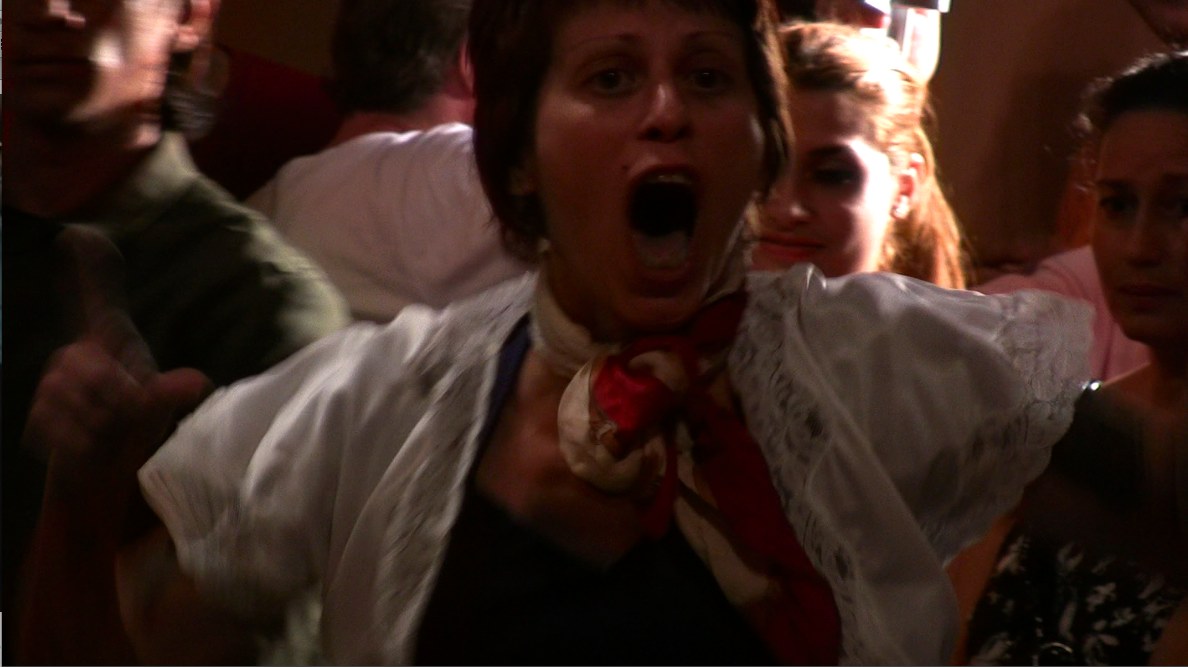 |
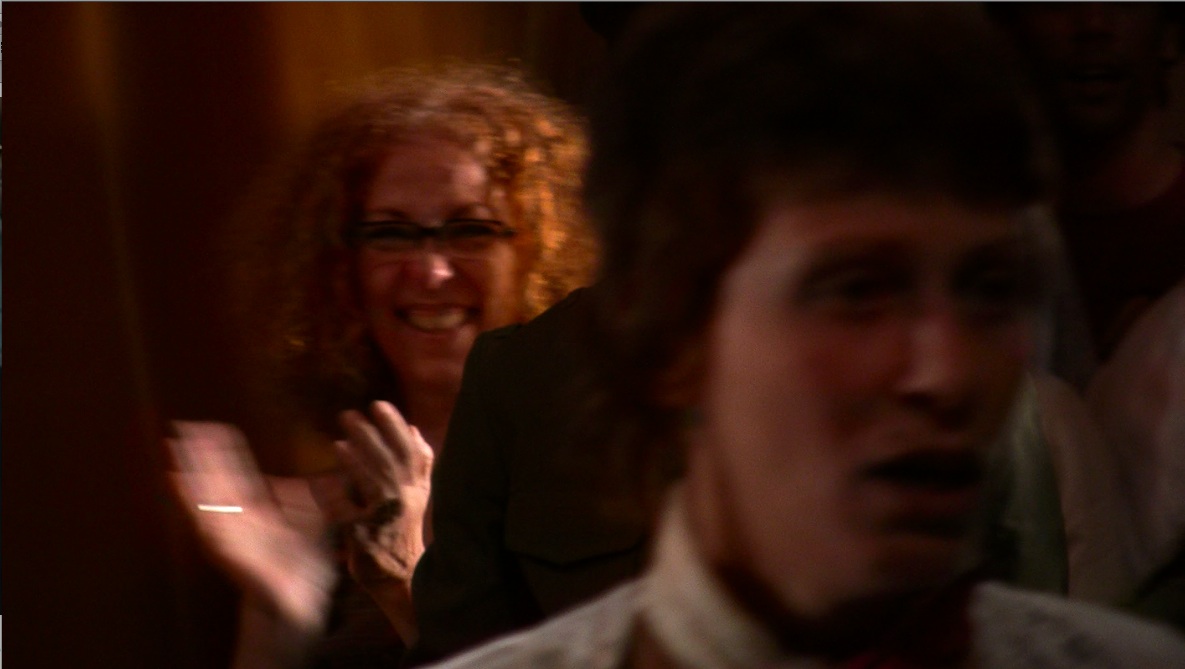 |
|||
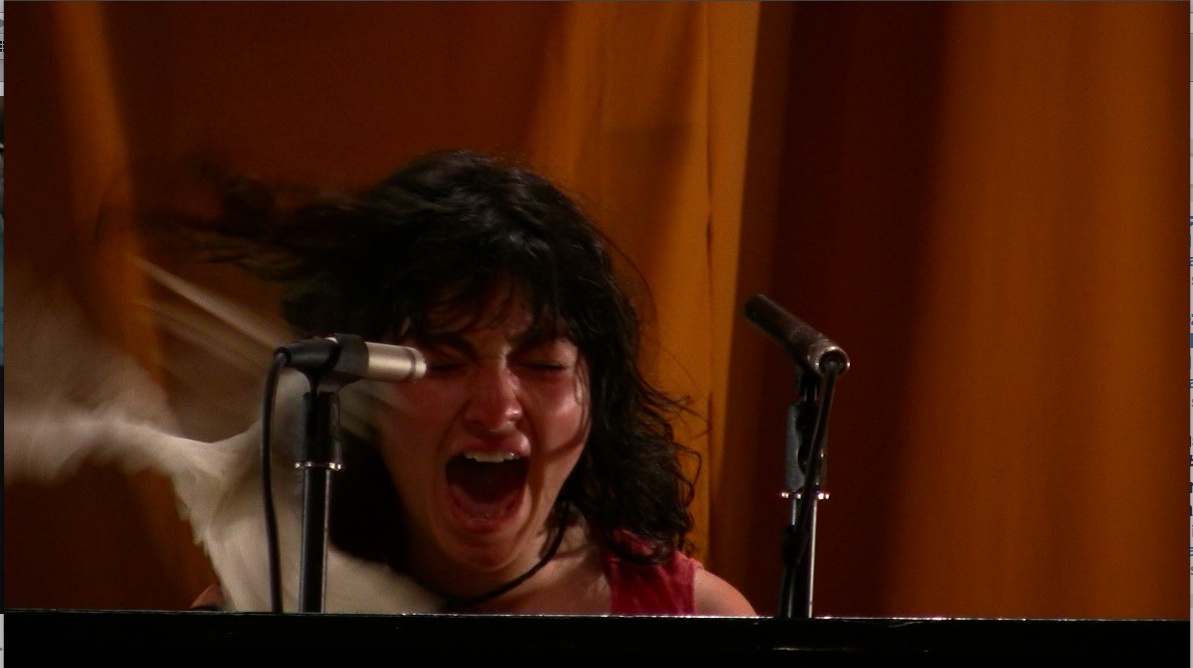 |
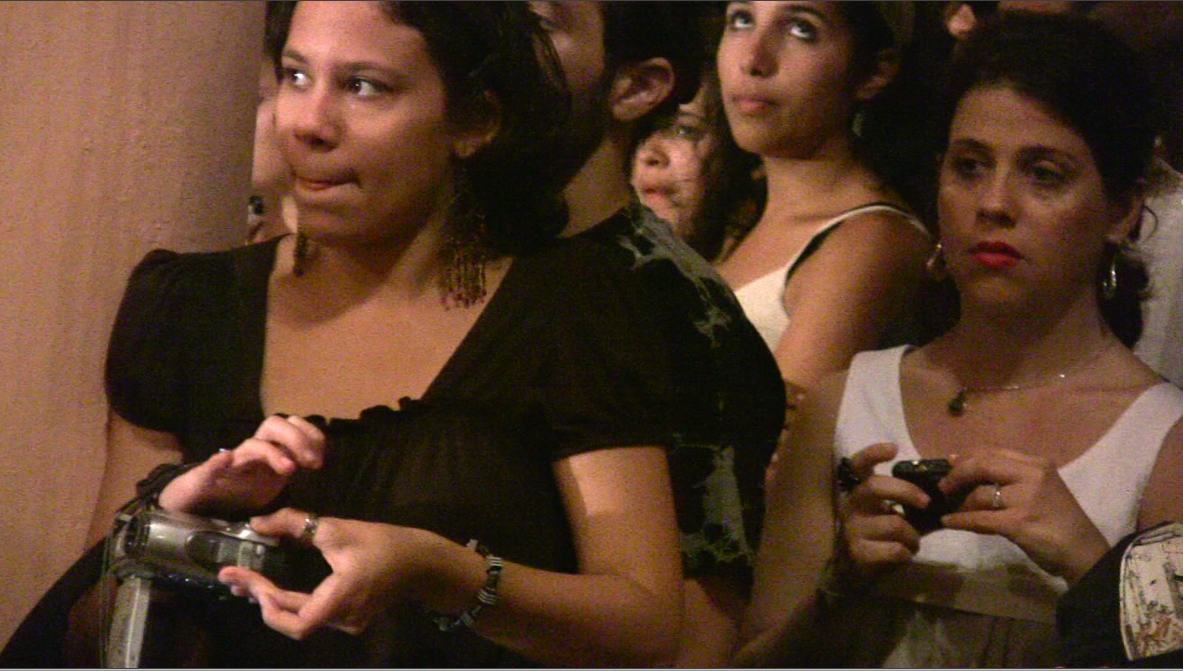 |
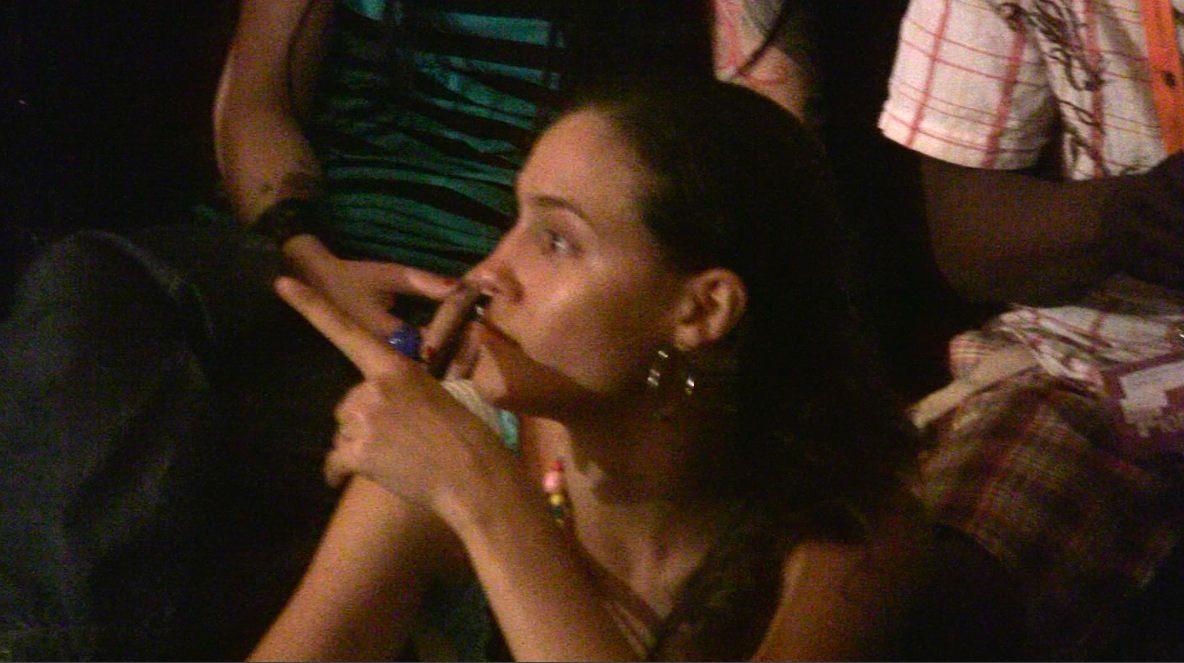 |
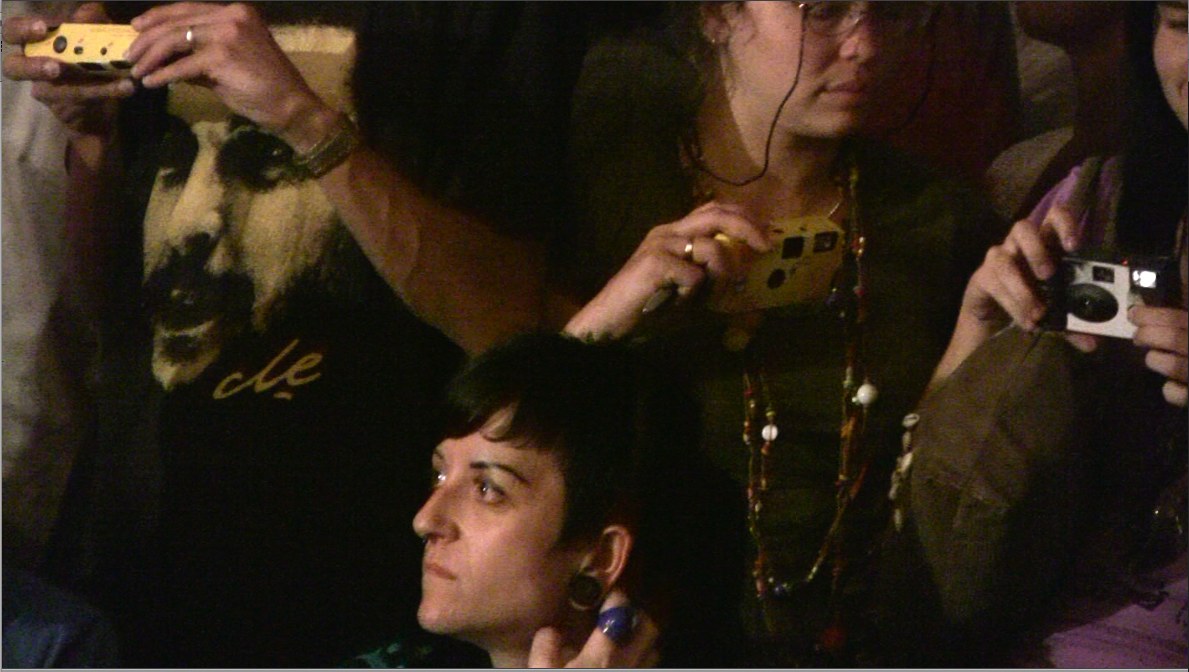 |
|||
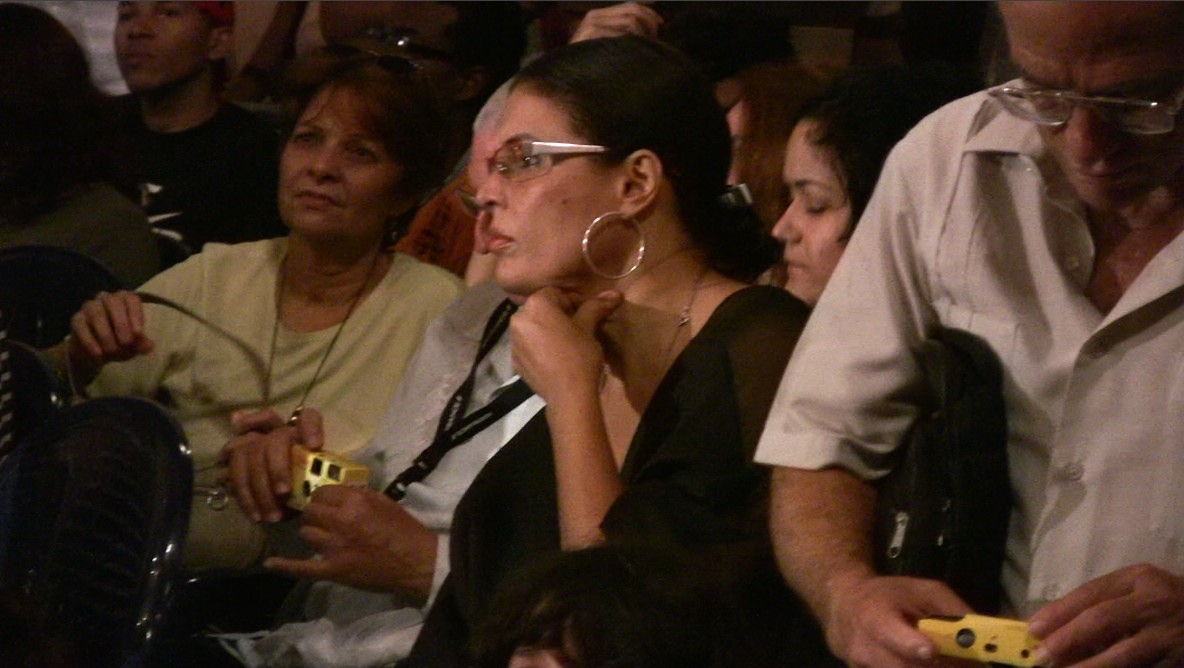 |
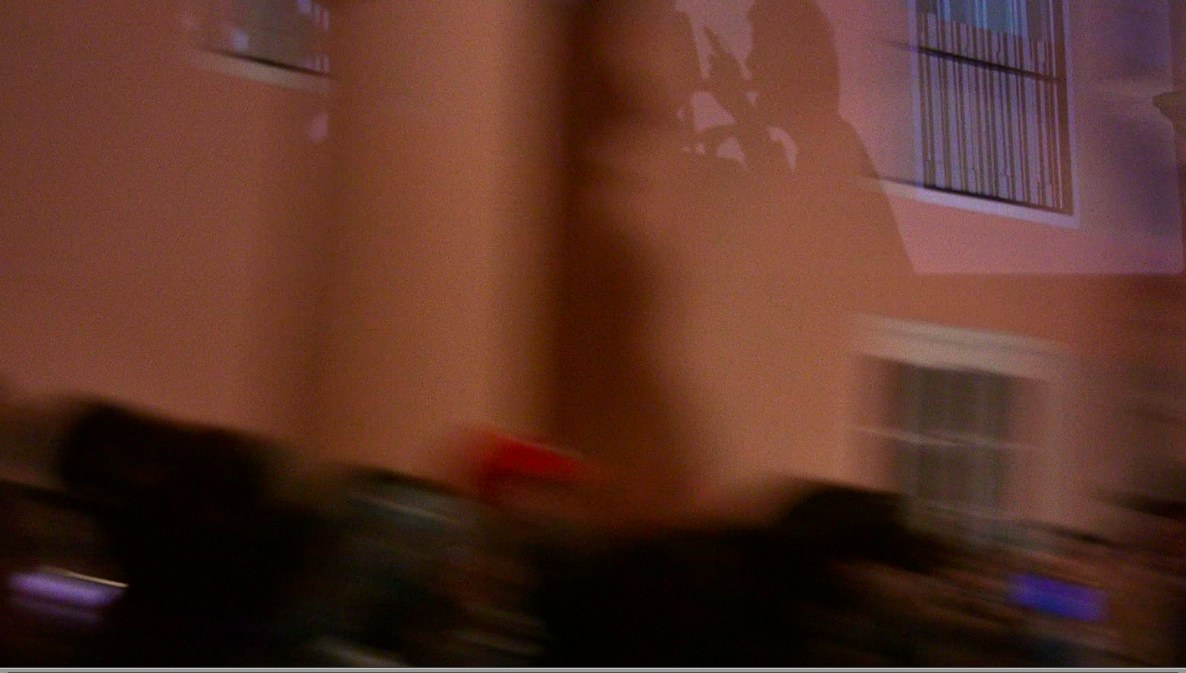 |
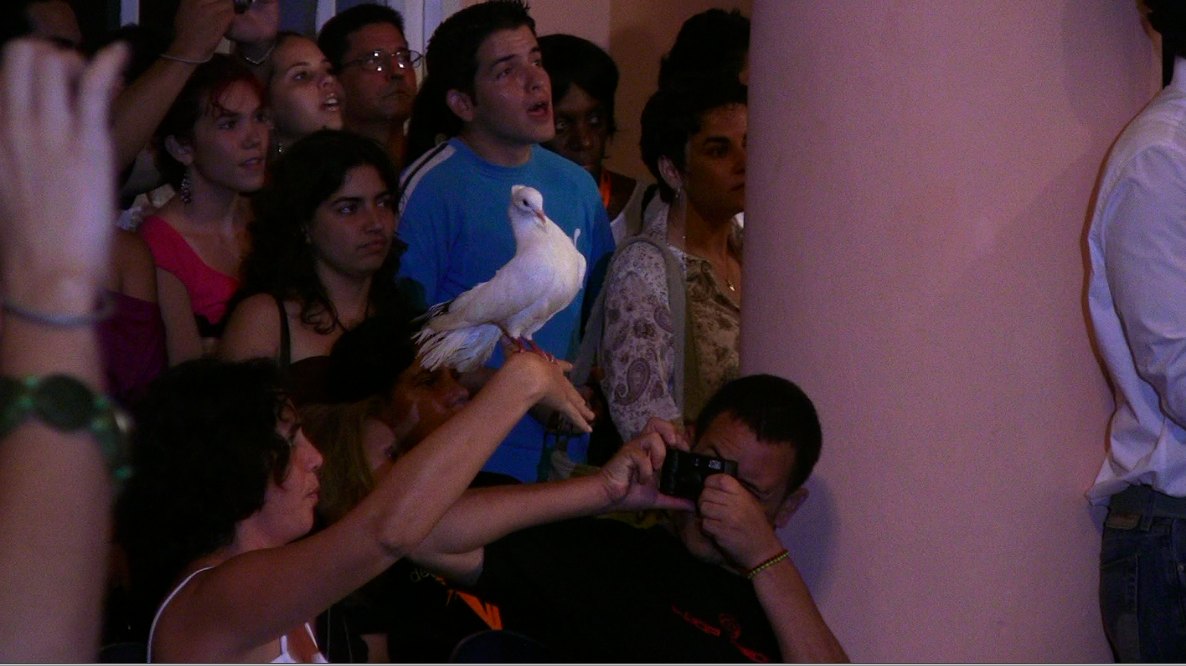 |
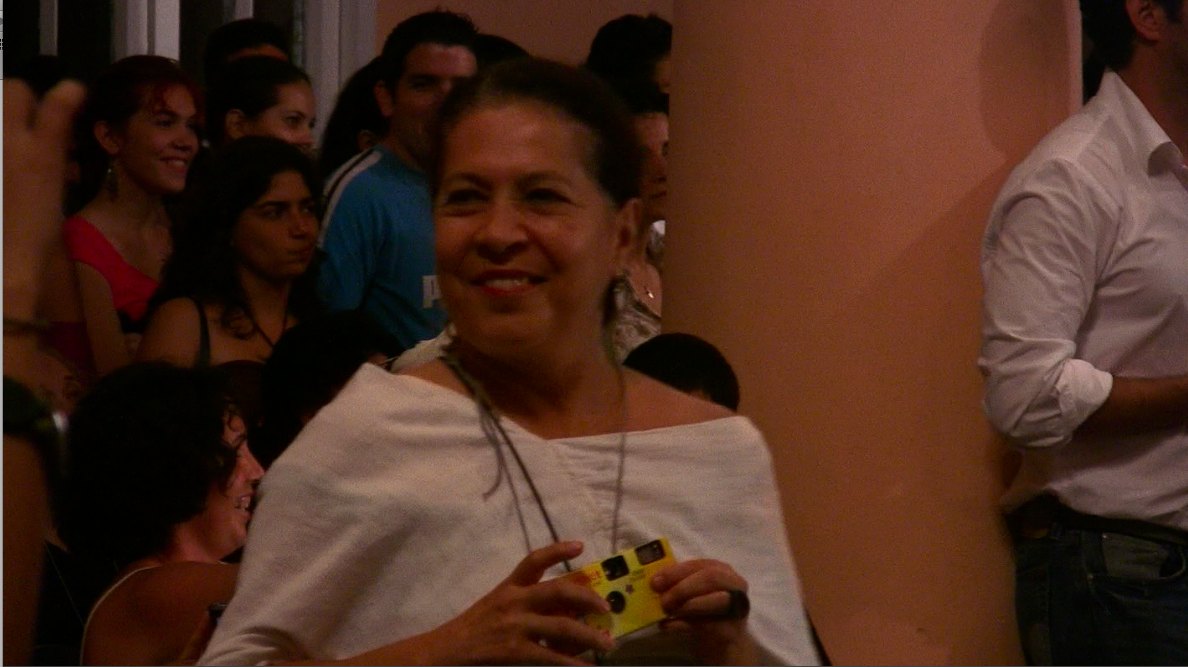 |
|||
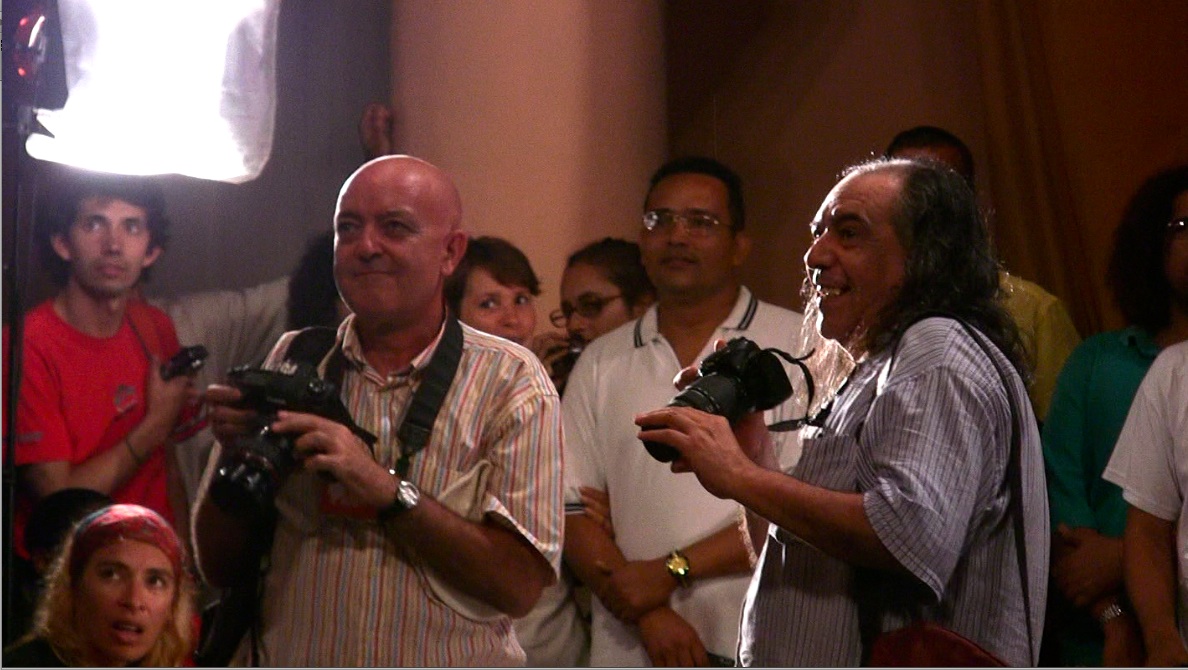 |
 |
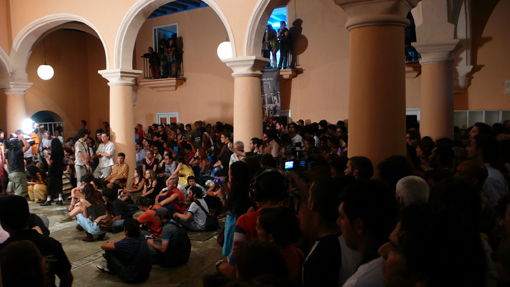 |
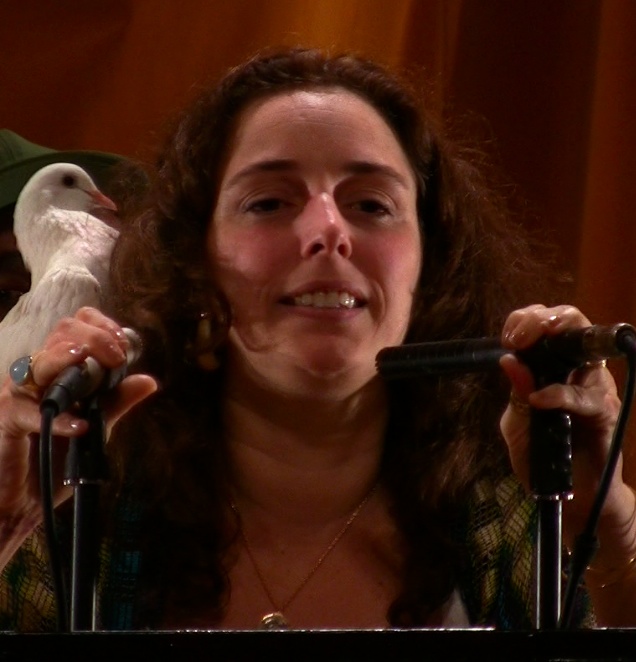 |
|||
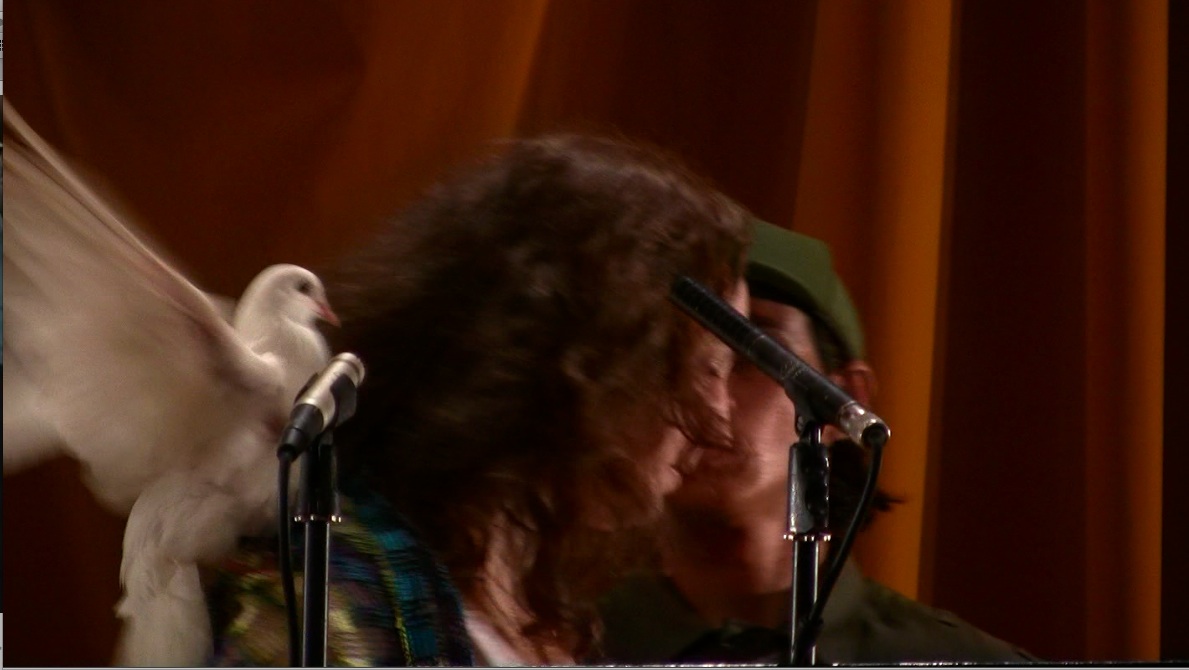 |
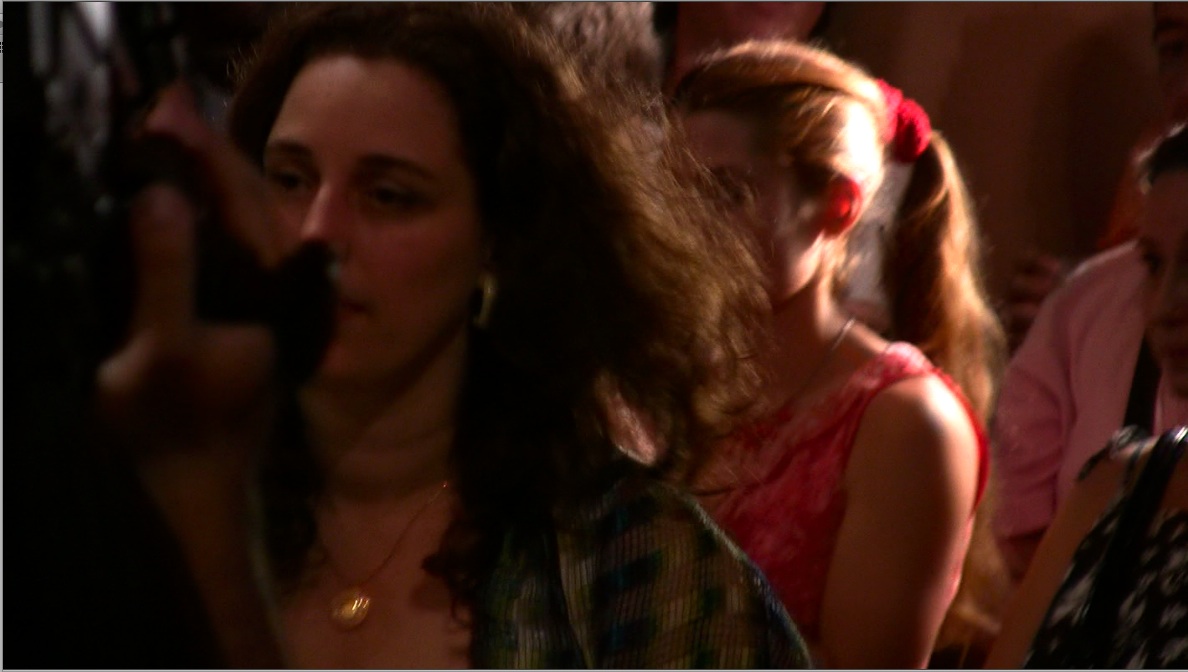 |
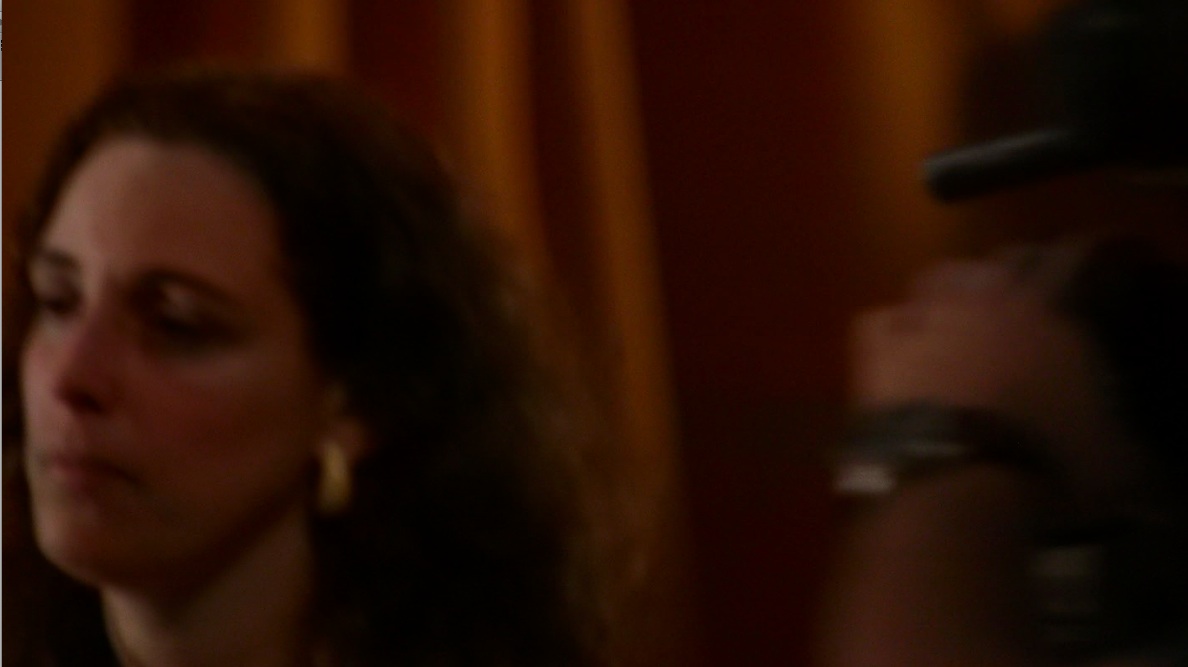 |
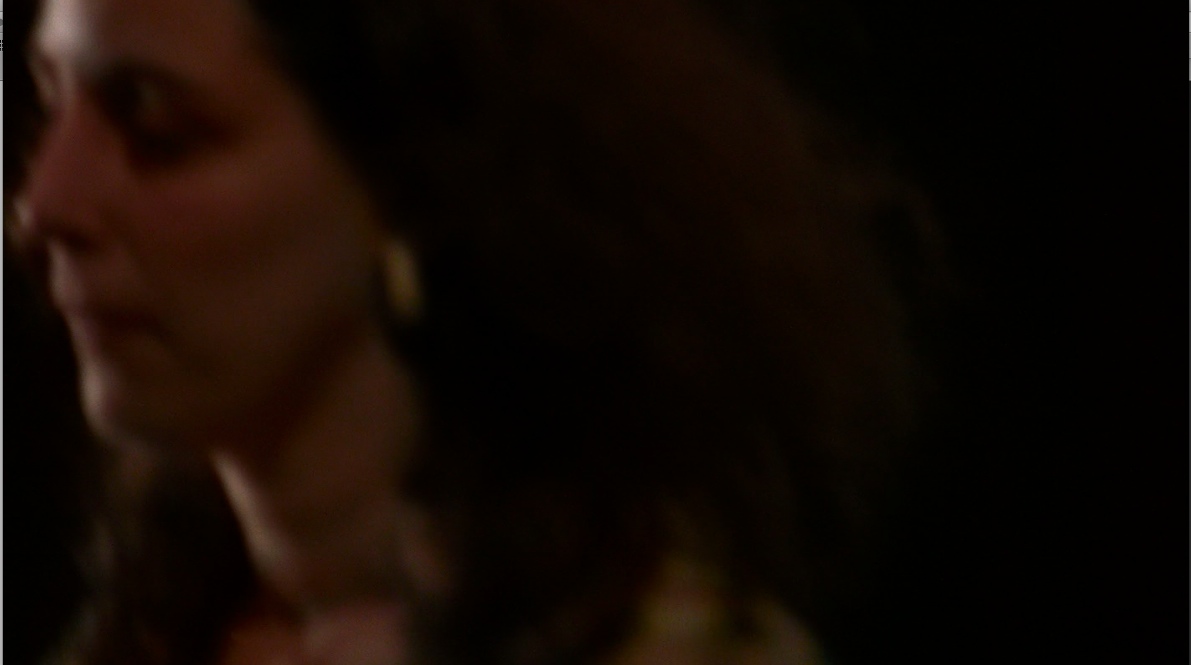 |
Central Patio of the Wifredo Lam Center. March 29, 2009
Havana, Cuba
photos: Audience
Download Performance’s Transcription
Selected Bibliography
(by chronological and alphabetical order)
2010
Abraham, Harlan.”Little Brother: Raúl Castro and the New Cuban Revolution,” Swing Vote Magazine, United States. April, 2010, p.7 (illust.)
Artinfo. “Cuba Opens to the Art World,” Artinfo. United States, March, 2010
Díaz Bringas, Tamara. “Cuba, Flying Machines and Trojan Horses,” Tercer Texto Nr.1 (Third Text, Nr.20), 2010.
Furukawa, Minami.”The Performances of Tania Bruguera,” Chicago Art Magazine, Chicago, United States. June 30, 2010 (illust.)
Hasler, Adam.”Tania Bruguera, Cuba, Performance, Politics,” Provisions. Washington DC, United States. December 2, 2010
Hernández Díaz, Daniel. “Sobre la Declaración del Comité Organizador de la Décima Bienal de La Habana,” Kaosenlared. Terrassa, Barcelona
Quiles, Daniel. “The Artist is Absent: notes on Tania Bruguera,” Arte al Día International, No. 132, Buenos Aires, Argentina, 2010 (illust.) pp. 42 – 47. ISNN 13 – 7447093153932
Rubin, Edward. “Tania Bruguera,” Art Nexus, Issue 77, Jan. – August. 2010 (illust.) pp. 110 – 111.
___________________. “Neuberger Museum Features Installation Art by Cuban Artist; Tania Bruguera: On the Political Imaginary“. D’Art International Magazine. Fall/Winter Issue. (illust.) pp. 1 – 3.
___________________. “Neuberger Museum Features Installation Art by Cuban Artist; Tania Bruguera: On the Political Imaginary“. March 29. ARTES eMagazine, United States.
___________________. “Neuberger Museum Features Installation Art by Cuban Artist; Tania Bruguera: On the Political Imaginary“. June 2010. Terminal Magazine. Tel Aviv, Israel.
Sánchez, Yoani. “Tania Bruguera, an Extraordinary Cuban Artist,” Huffington Post, World Section. United States, December 21, 2010
2009
Bishop, Claire.“Speech Disorder: Claire Bishop on Tania Bruguera at the 10th Havana Biennial”, Artforum, Summer 2009 (illust.) pp. 121 – 122
Brown, Ricardo. “El ‘Performance’ de Tania Bruguera,” Ricardo Brown’s Blog. United States, April 11, 2009 (video)
Cadelo, Claudia. “Un minuto de libertad por persona,” Octavio Cerco Blog, March 30, 2009. Havana, Cuba (illust.) -(Download English version)-
_______________. “Cut off from the ‘culture’,” Octavio Cerco Blog, July 24, 2009. Havana, Cuba (illust.)
Cipitelli, Lucrezia. “Cuba e democrazia. L’ultimo lavoro di Tania Bruguera,” AMI Agenzia Multimediale Italia, March 31, Italy (illust.)
Corry, Frances. “Oh, Behave. Tania Bruguera on behaviour art and breaking the rules,” The Eye, weekly arts magazine of The Columbia Daily Spectator, vol.9, issue 11. December 9th, 2010, New York, United States.
Curía, Dolores. “Ethics of provocation: Tania Bruguera turn spectators into citizens,” August, 2009. Buenos Aires, Argentina (illust.)
Flash Art. “Castro condemns the “propagandistic anti-Cuban machinery” of performance at 10th Havana Biennial,” Flash art online. March, 2009.
Harum, Marcio. “Arte sem embargo,” Trópico, idéias de Noete e Sul. Brazil, May 25, 2009
Ichikawa, Emilio. “Del ‘susurro de Tatlin’ a ‘la voz de Bruguera“. Emilioichikawa Blog, April 2, 2009
Israel, Esteban. “Cuba accuses blogger Yoani Sánchez of ‘provocation’,” Reuters, Edition U.S., editing by Jeff Franks and Jackie Frank, April 1, 2009. United States (illust.)
Flores D’Arcais, Alberto. “Cuba, blogger sul palco per un grido di libertà” La Reppublica, Division Stampa Nazionale – Gruppo Editorial L’Espresso, March, 31, 2009. Italia (illust.)
García, Joel. “Performance: ‘El Congreso que Cuba necesita’,” Cuba Out. Havana, Cuba. April 13, 2009
Goldberg, Michael. “The Force of Desire/The Force of Necessity: Cultural Exchange in the Bienal de la Habana,” Michael Golberg’s Blog. Sydney, Australia. June, 2009
Gómez Peña. “Cuando el público determina el destino final de la obra de arte,” Esfera Pública Blog. Colombia, April, 23, 2009 / Contraindicaciones. April, 21 (Gómez Peña’s video)
Grandi, Alessandro. “Cuba, Biennale Spot per la Democrazia,” Oltre il Muro Blog. Italia, April 6, 2009
Helguera, Pablo. “Lessons from Havana,” Art World Salon. New York, United States, April 9, 2009
Herzberg, Julia P. “Integración en la Era Global: Reflexiones Personales,” Buenos Aires, Argentina. September 25, 2009
Lambert-Beatty, Carrie. “Political people: Notes on Arte de Conducta,”on “Tania Bruguera: On the political Imaginary.” Survey Catalog. Neuberger Museum of Art,. Ed. Charta, 2010, (illust). ISBN 978-88-8158-764-3
León de la Barra, Pablo. “Tania Bruguera’s Freedom of Speech‘ Performance at the Havana Biennial,” Centre for the Aesthetic Revolution blog. 30 March, 2009 (illust.)
López, Miguel. “Performance Completado,” Arte Nuevo Blog, April 9, 2009
Lux, Simonetta.”La struttura della X Habana Bienal,” LuxFlux, Italy, Nro.37, 2009.
Mosquera, Gerardo. “Cuba in Tania Bruguera’s work: The body is the social body,” Tania Bruguera: On the political imaginary, Ed Charta, Milano, Italy, 2009, (cover & illust.) pp. 23 – 35. ISBN 978-88-8158-764-3
Nieuwenhuyzen, Martijn van. “Integration and Resistance in the Global Era,” Flash Art International Edition No. 267, July-September 2009, p. 28.
__________________________. “The Best of 2009,” Metropolis M. Utrecht,The Netherlands,December 28,2009
Pérez Moreno, Yanet. “Nadie está dispuesto al borrón y cuenta nueva,” Cubaencuentro. Madrid, Spain. A talk with Tania Bruguera, after the debate created by her performance at the Havana Biennial, where bloggers and artists claimed for freedom and democracy, April, 2009 (illust.)
Pérez Piazarro, Renato. “Arts show features startling displays,” Miami Herald Blog. Miami, United States, April, 2009
Posner, Helaine. “Introduction,” Tania Bruguera: On the political imaginary, Ed Charta, Milano, Italy, 2009, (cover & illust.) pp.15 – 21. ISBN 978-88-8158-764-3
Rodríguez, Andrea. “‘Performance’ artístico se tiñe de política en Cuba,” The Associated Press (AP.) Havana, Cuba, April 2, 2009
Sánchez, Yoani. “And they gave us the microphones…,” Generation Y. Havana, Cuba, March 30, 2009 (video)
______________. “The Winds of Art, and of Freedom, Blew for a Few Minutes in Havana,” Huffington Post, World Section. United States, April 17, 2009
______________. “State Security Blocks the Gate, I’m no longer allowed to attend concert,” Huffington Post, World Section. United States, July 11, 2009
Santiago, Fabiola. “Artist’s work lets Cubans speak out in Havana for freedom,” Miami Herald & Raices Blog. Miami, United States, April 1, 2009
_________________. “Participants in art show branded as `dissidents,” Miami Herald, CANF. Miami, United States, April 1, 2009.
_________________. “Performance demanda libertad en la Bienal de La Habana,” Boletín de Cuba. Miami, United States, March 31, 2009
Tenconi, Roberta. “Interview,” Ed. Jota Castro, Phobia Paper, A publication for The Fear Society, Pabellón de la Urgencia. Curated by Jota Castro, 53rd. Venice Bienale, 2009. Murcia Cultural S.A., 2009, pp. IV-V.
Triff, Alfredo. “Havana Biennial, performance and wacky politics,” Miami Bourbaki. Miami, United States, July 3, 2009 (illust.)
Yncera, Julio. “Tania Bruguera Performance. With Spanish Subtitles,” Is all about math Blog. Maryland, United States, March 31, 2009 (video)
Williamson, Sue. “International Reviews, 10th Havana Biennial,” ArThrob. April 30
